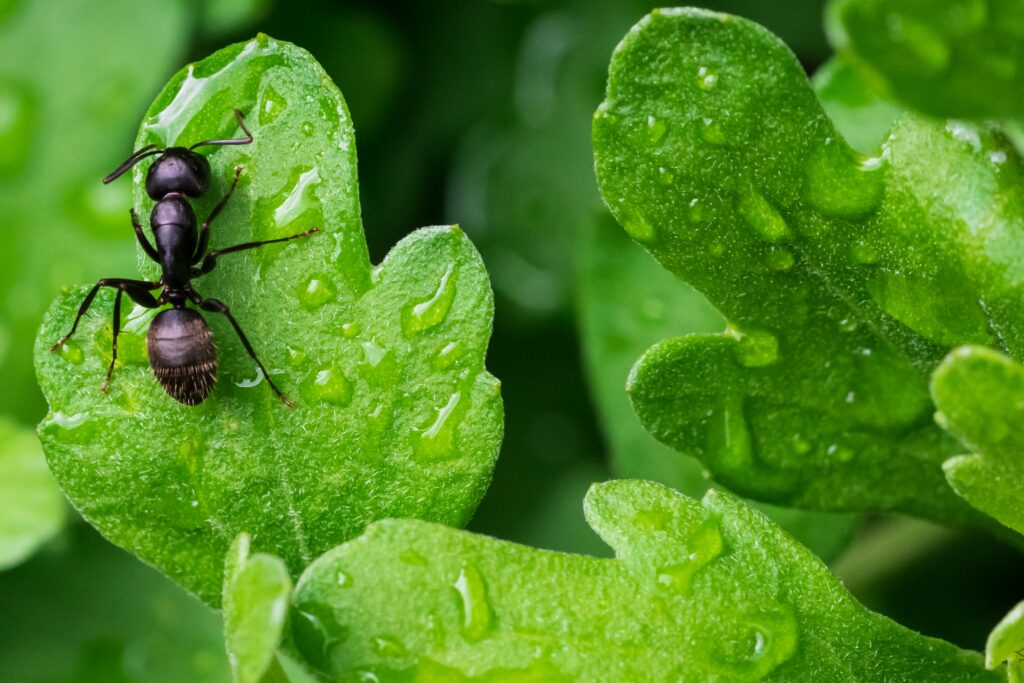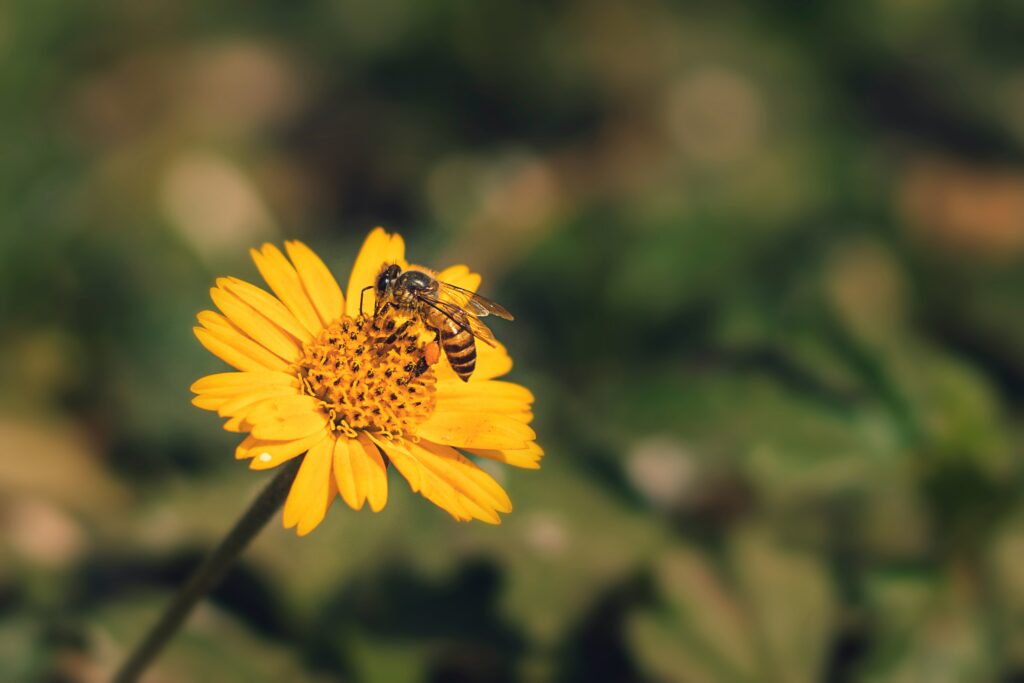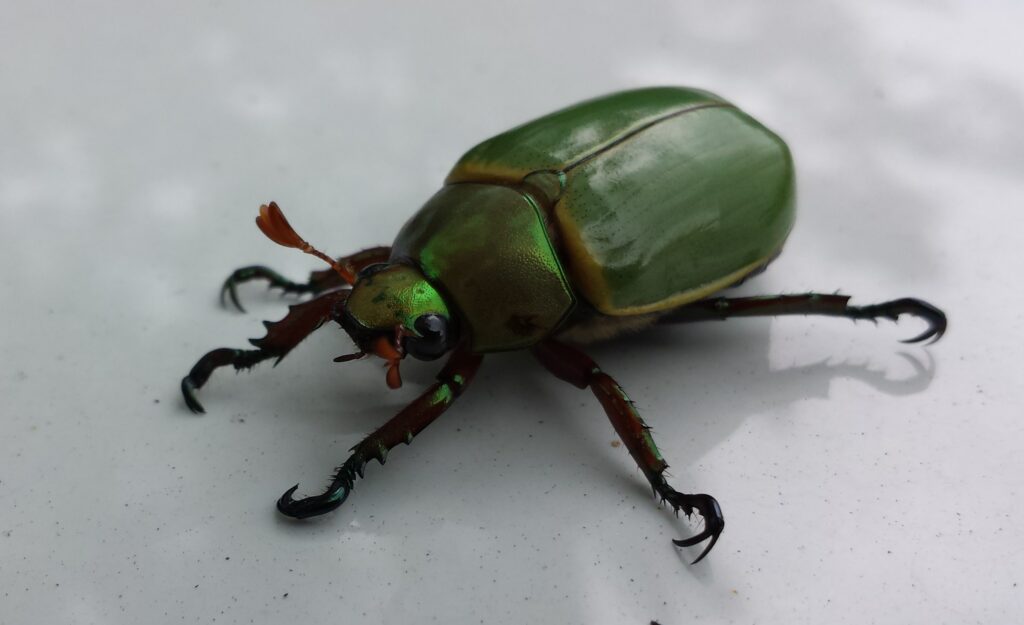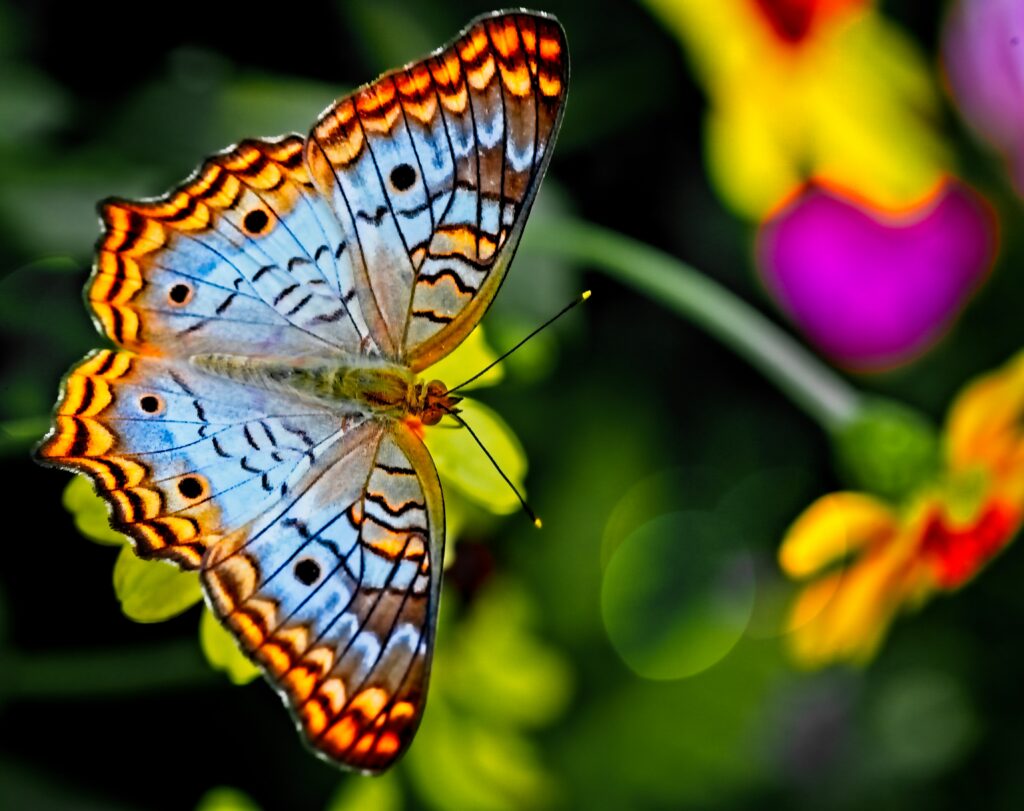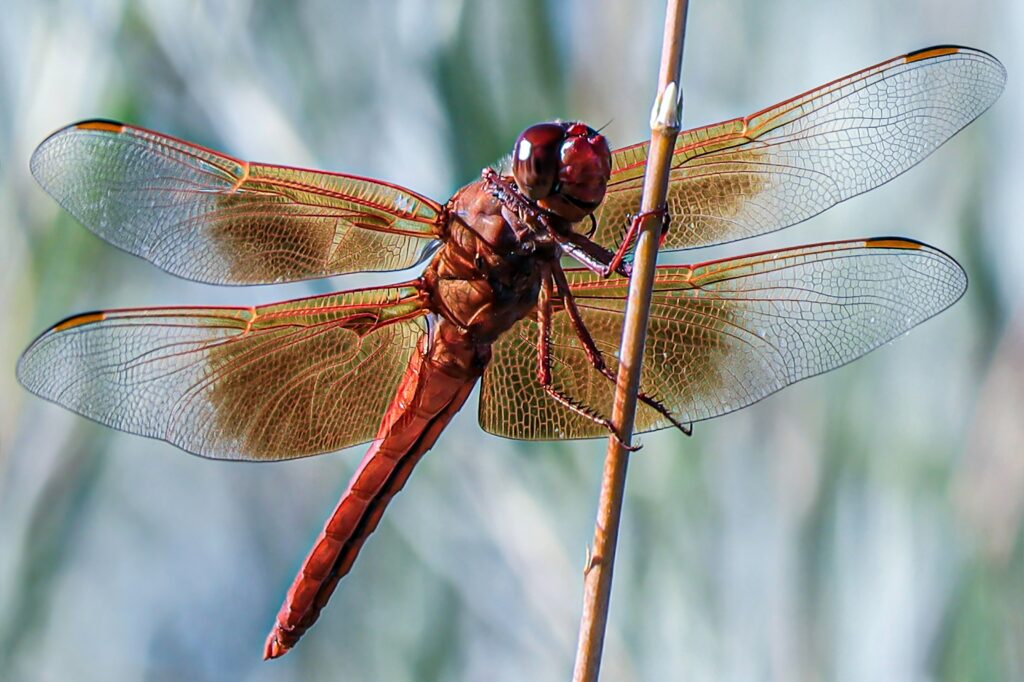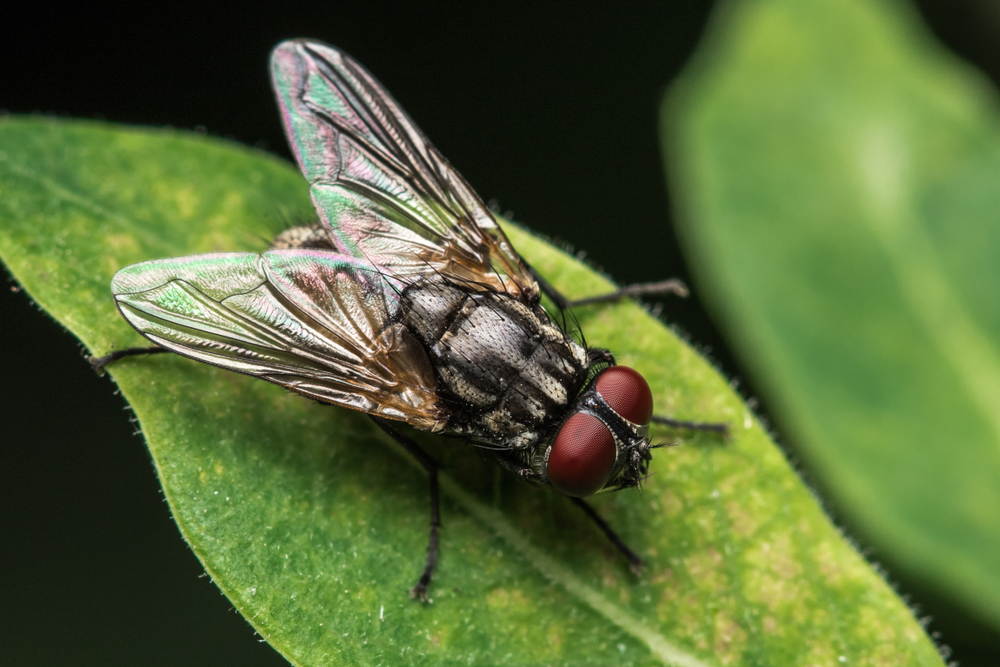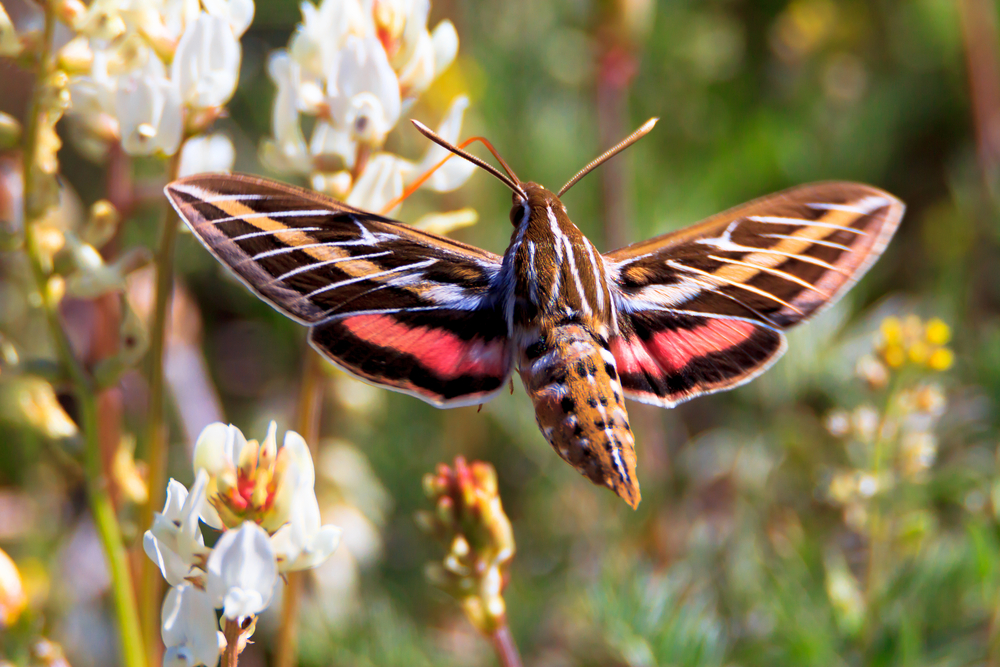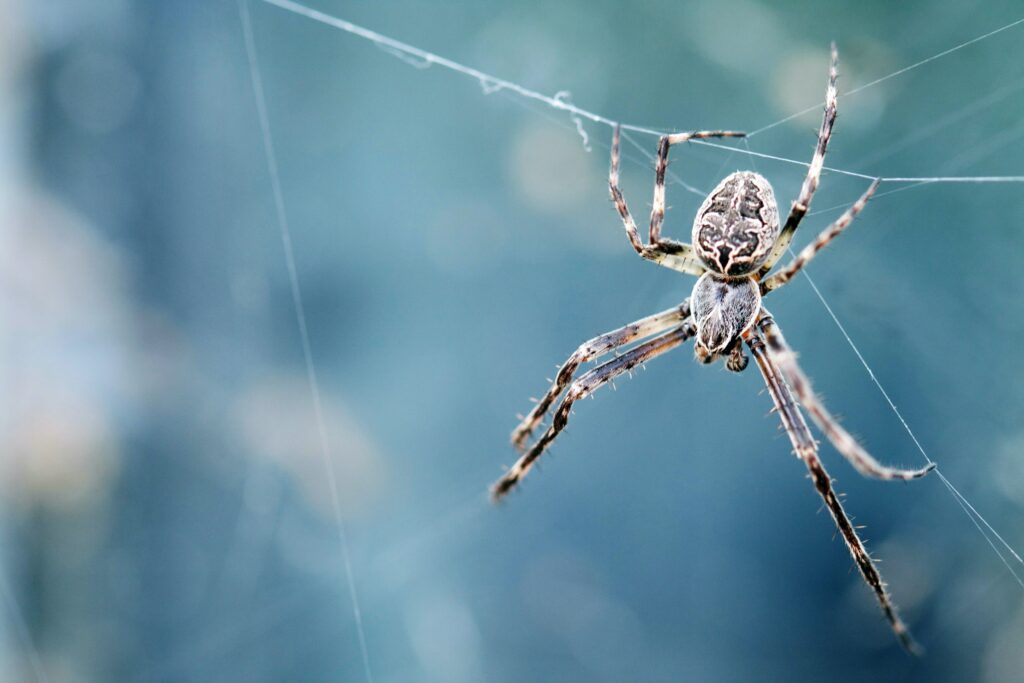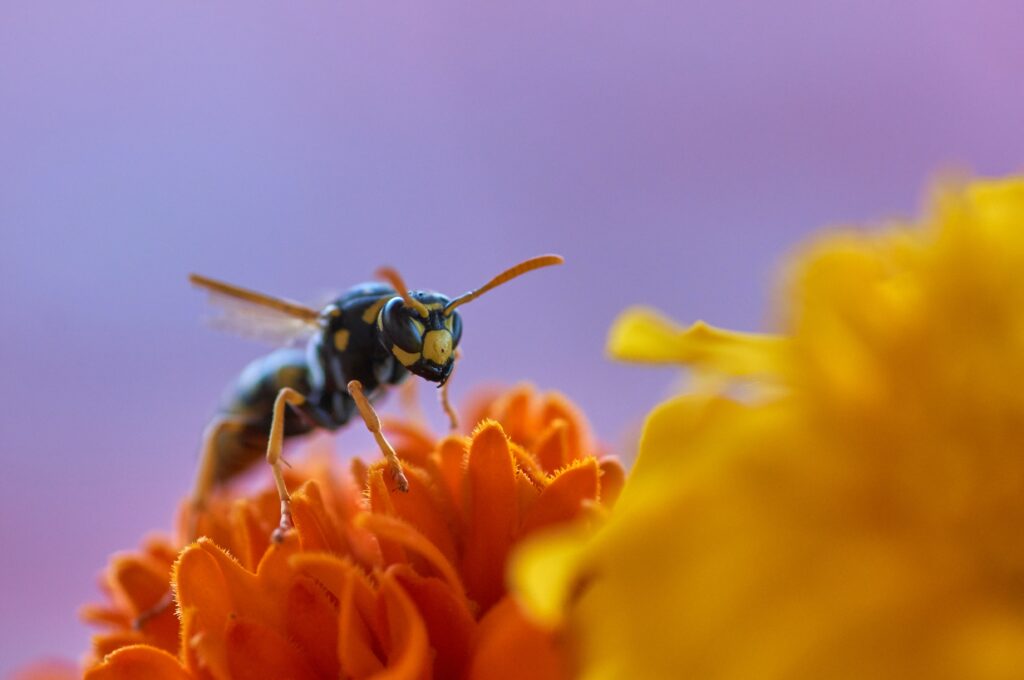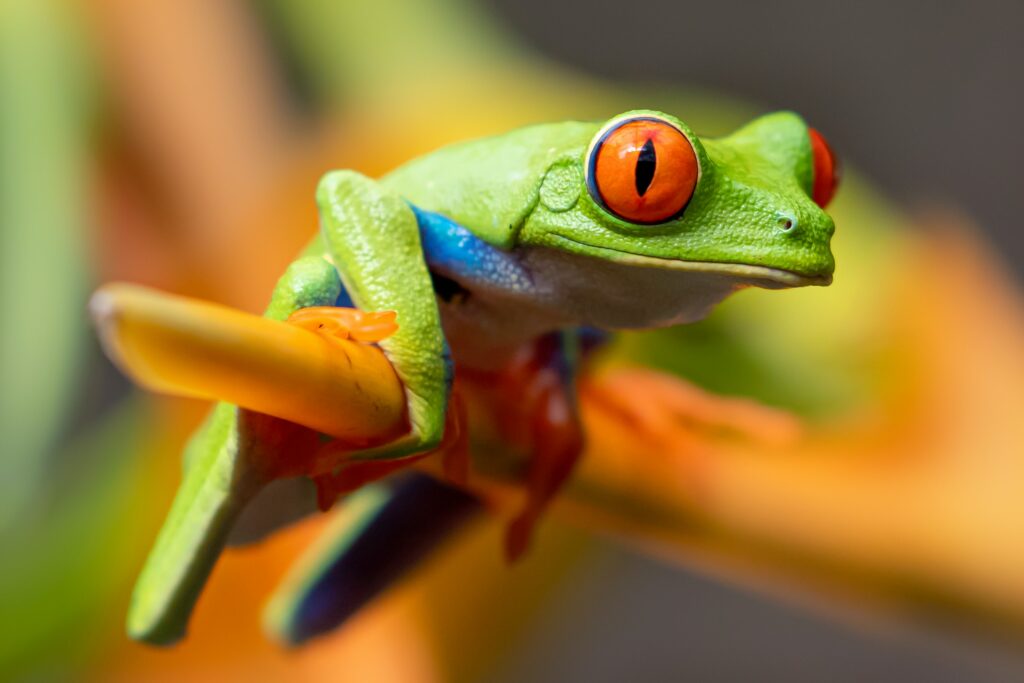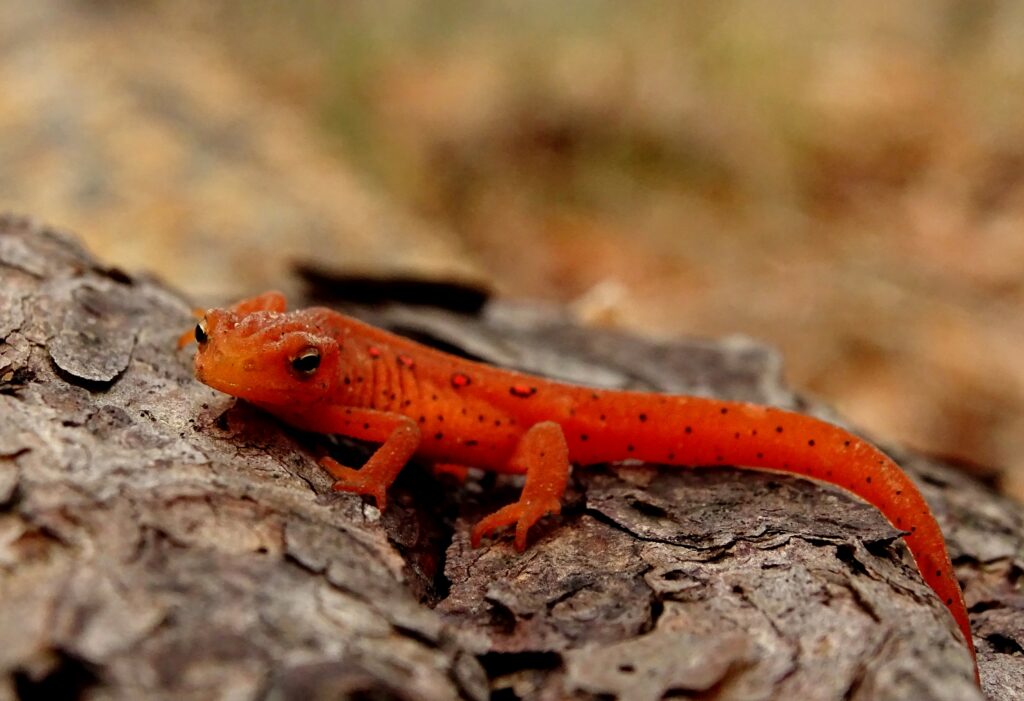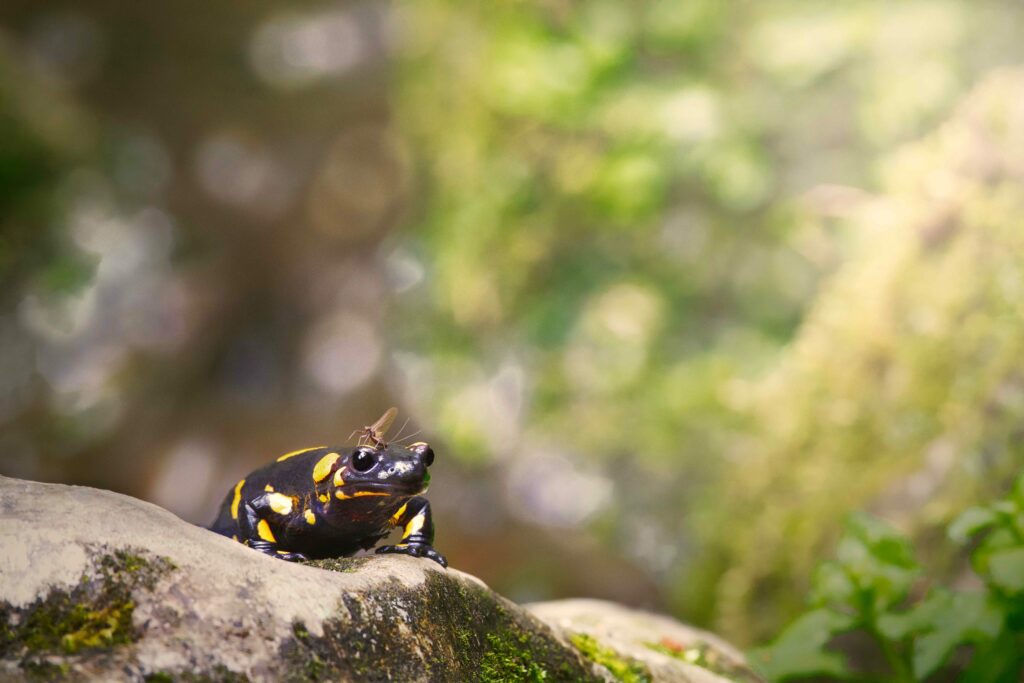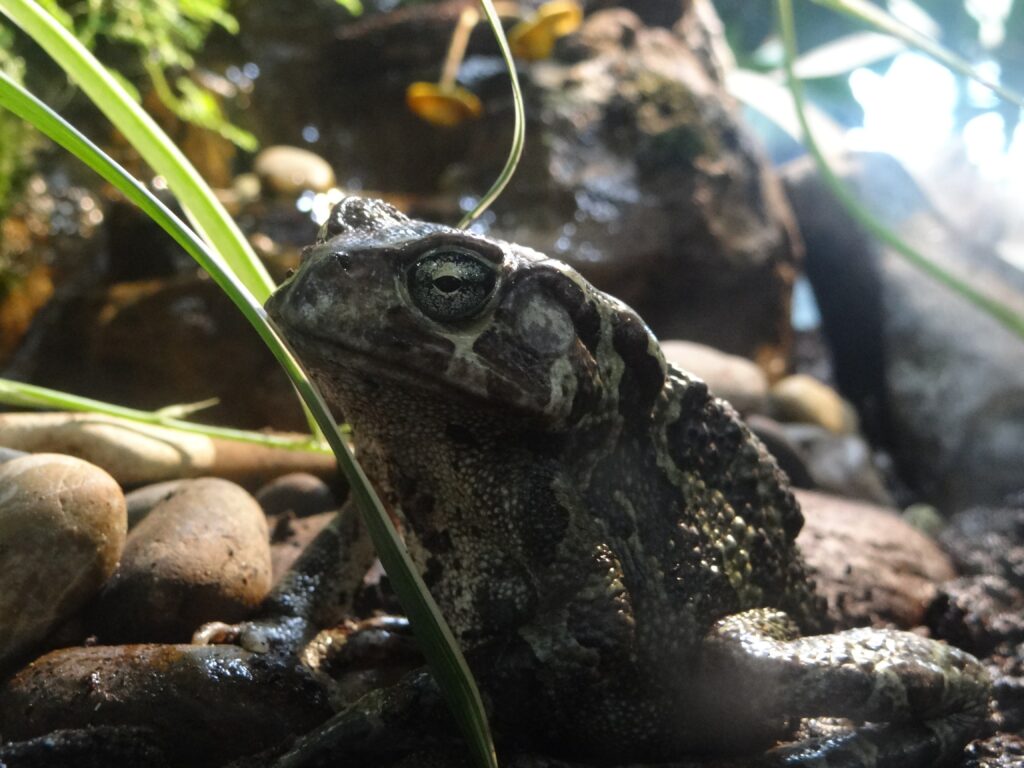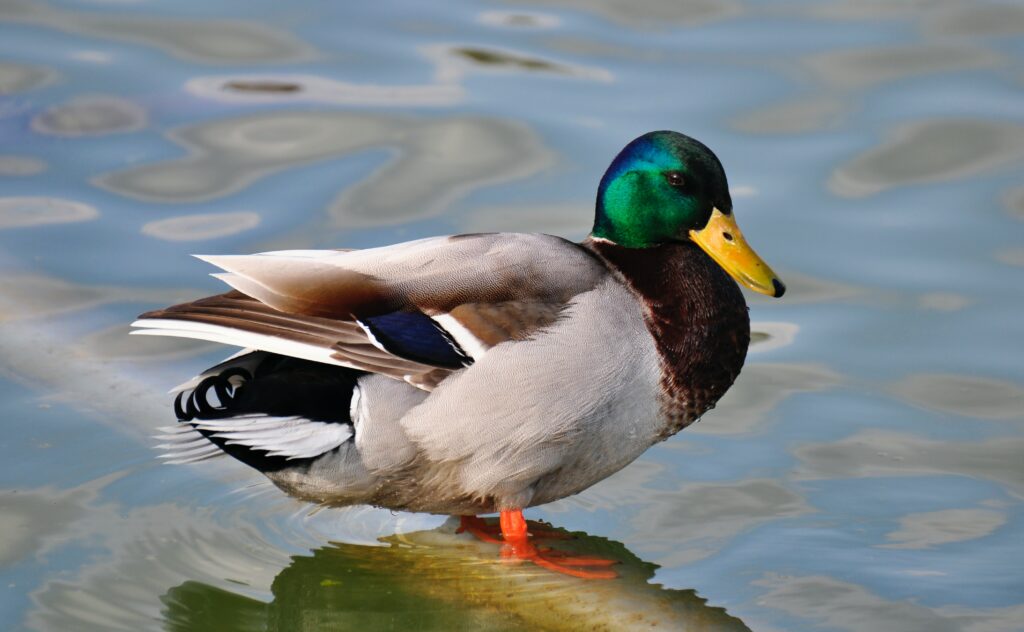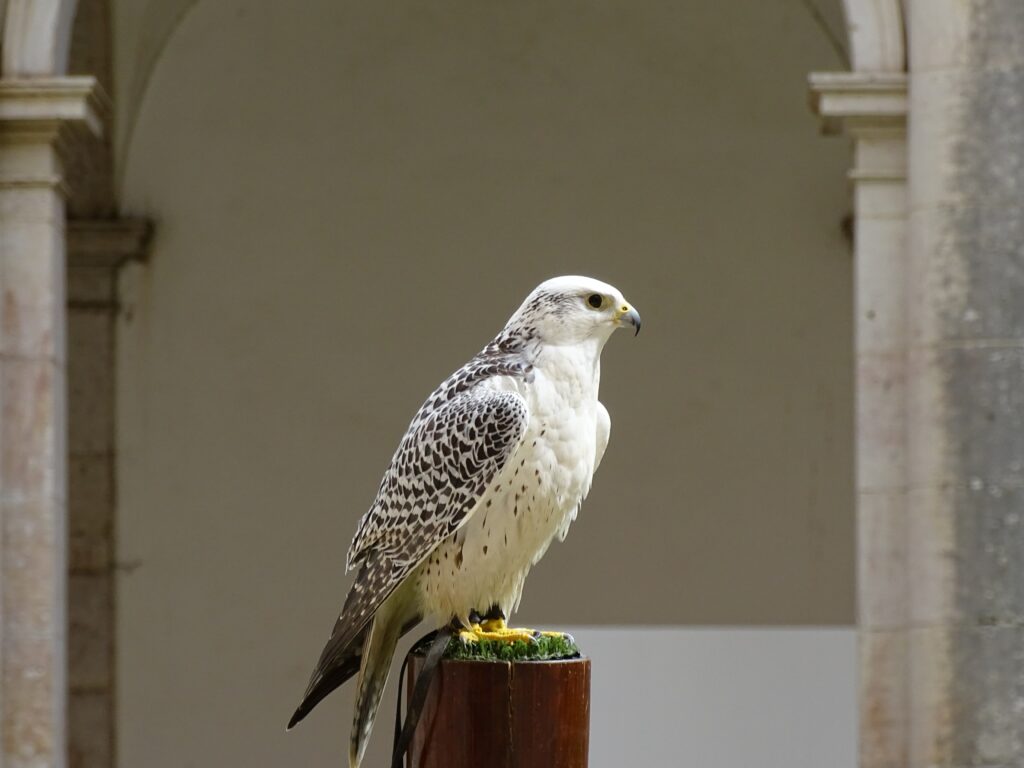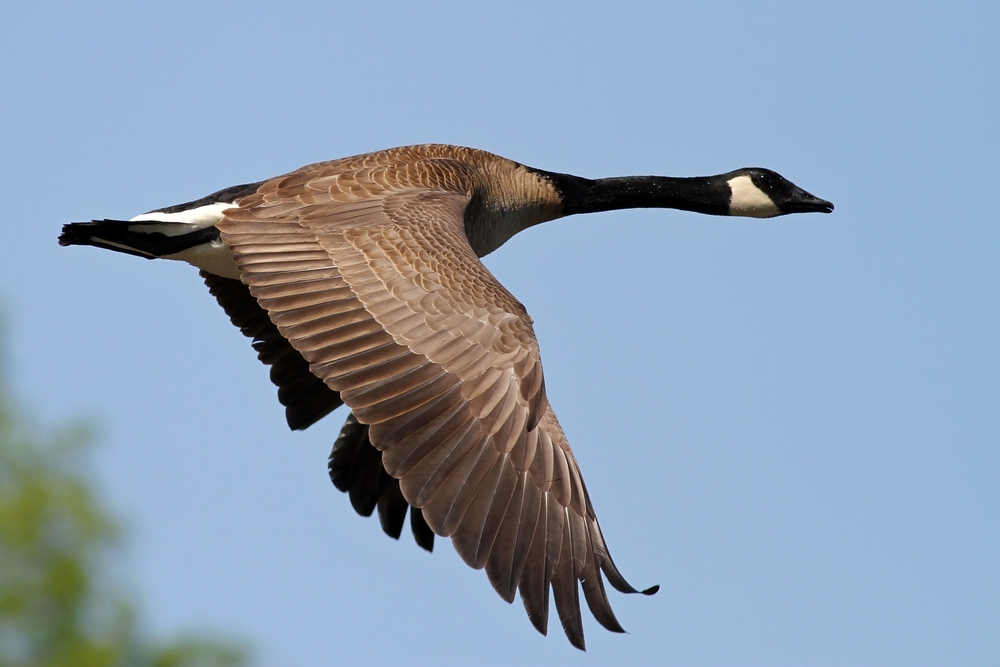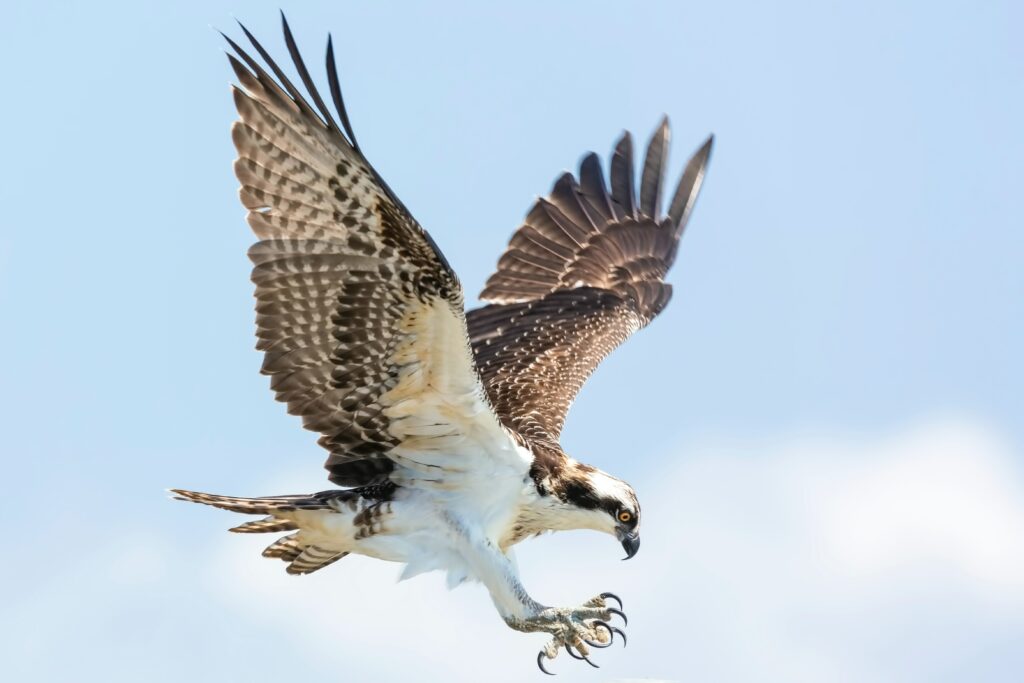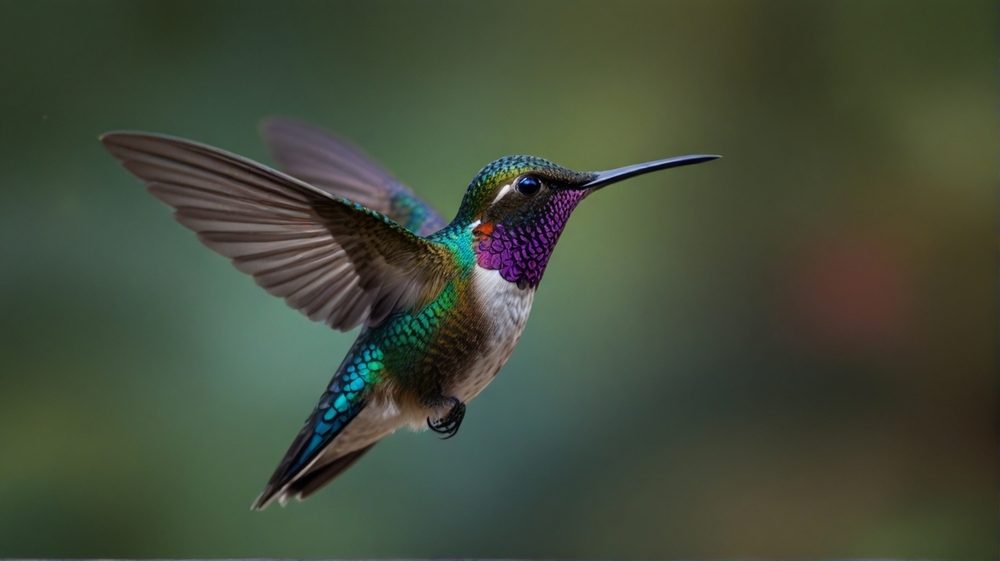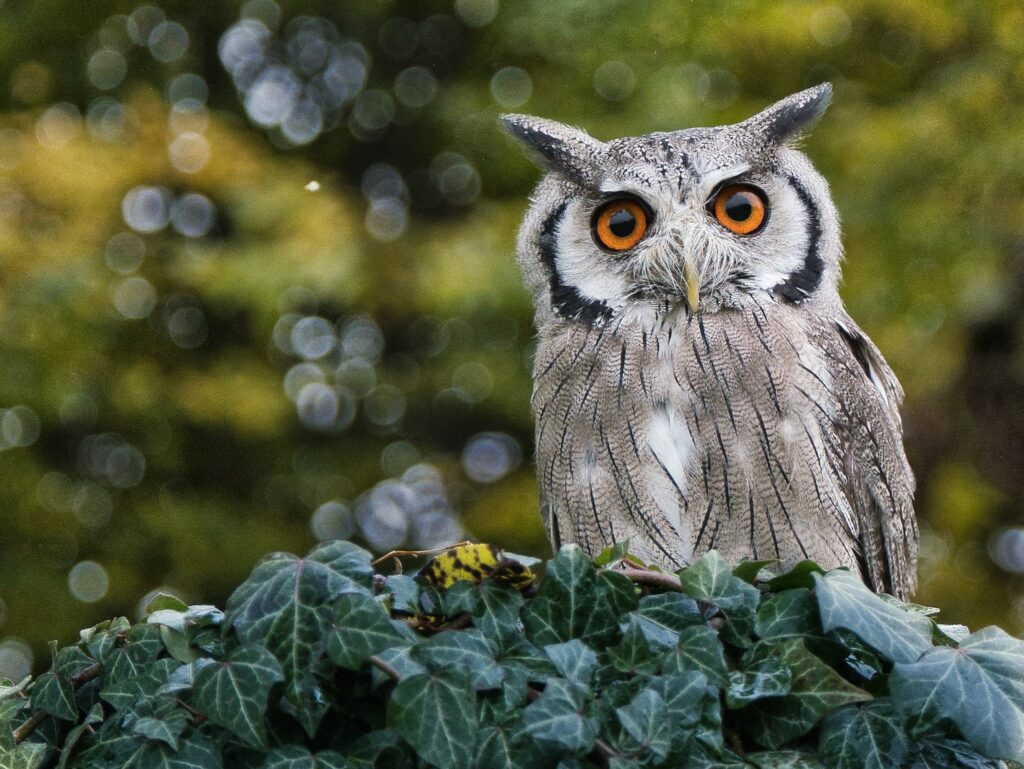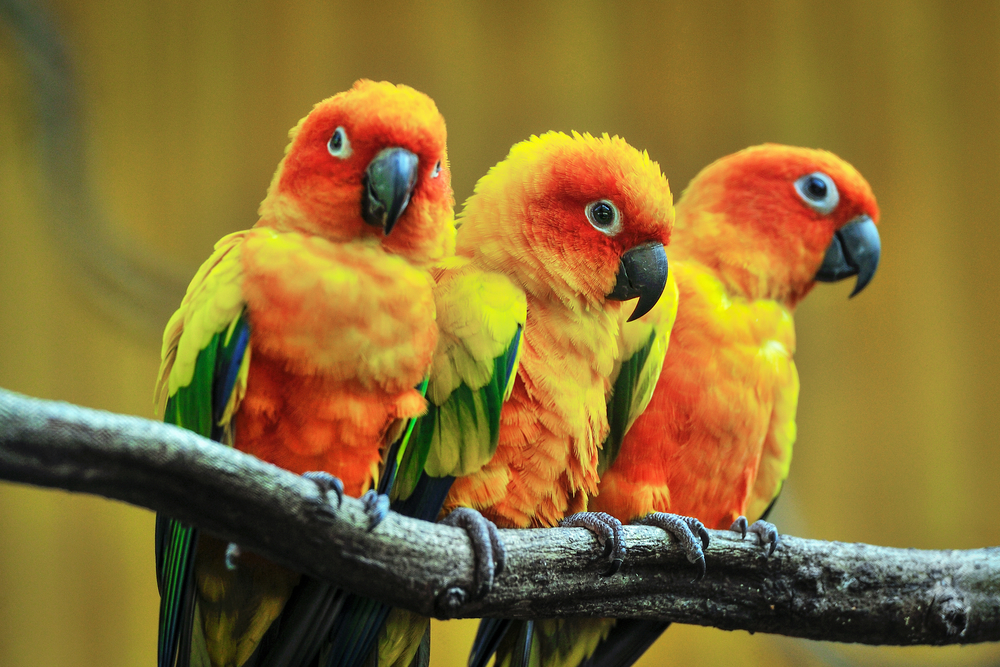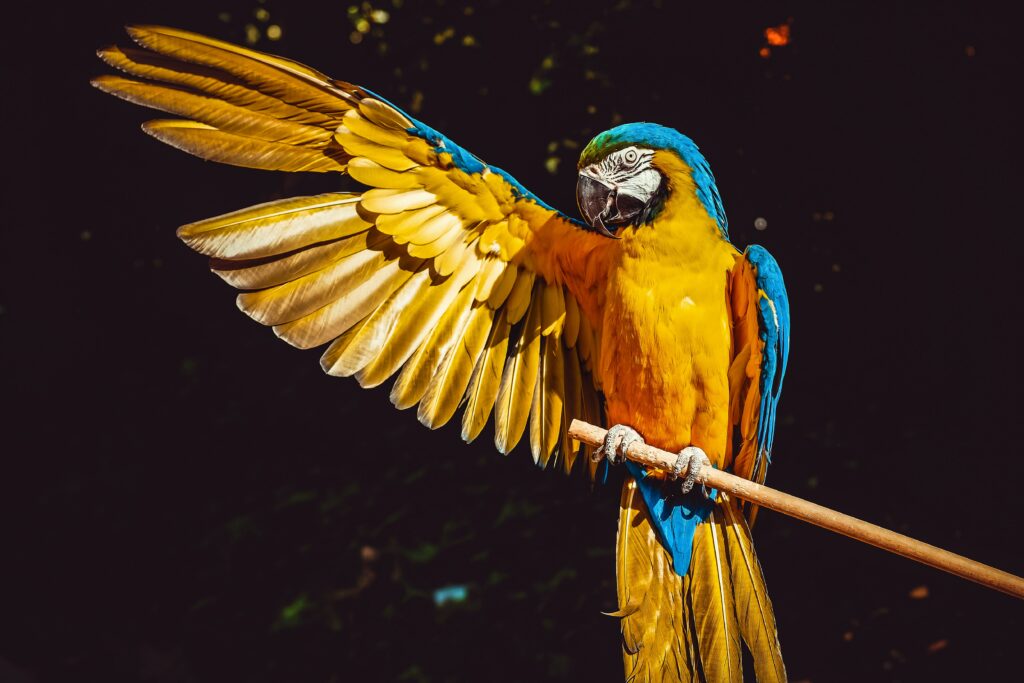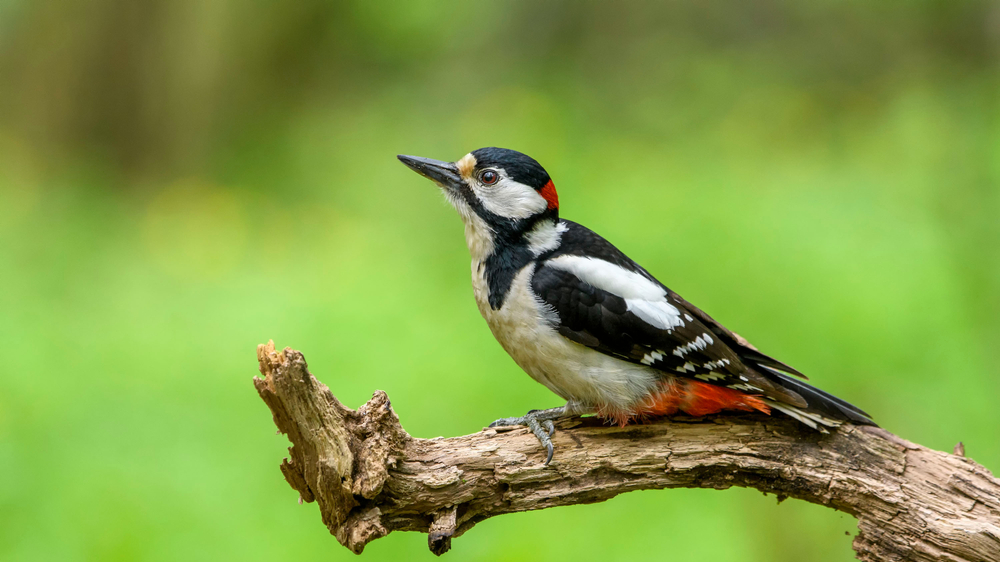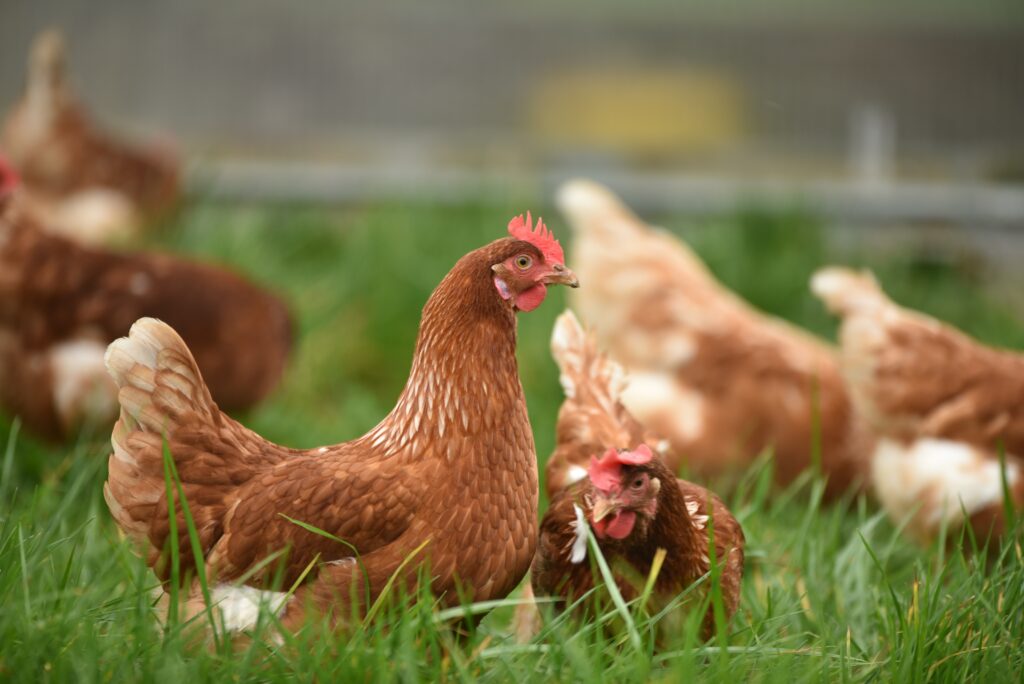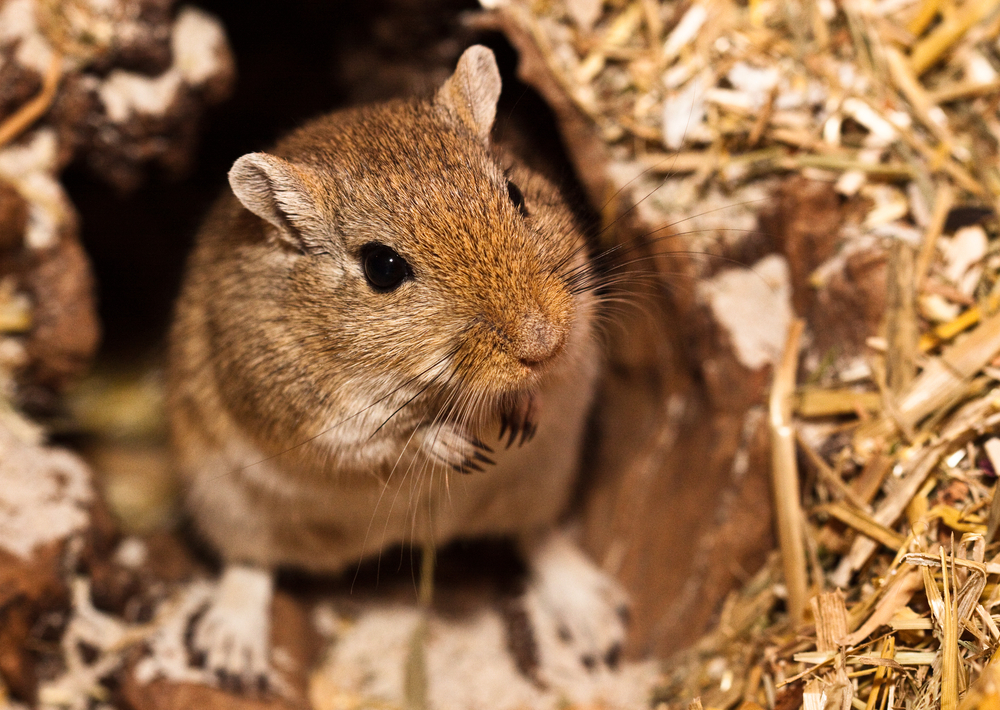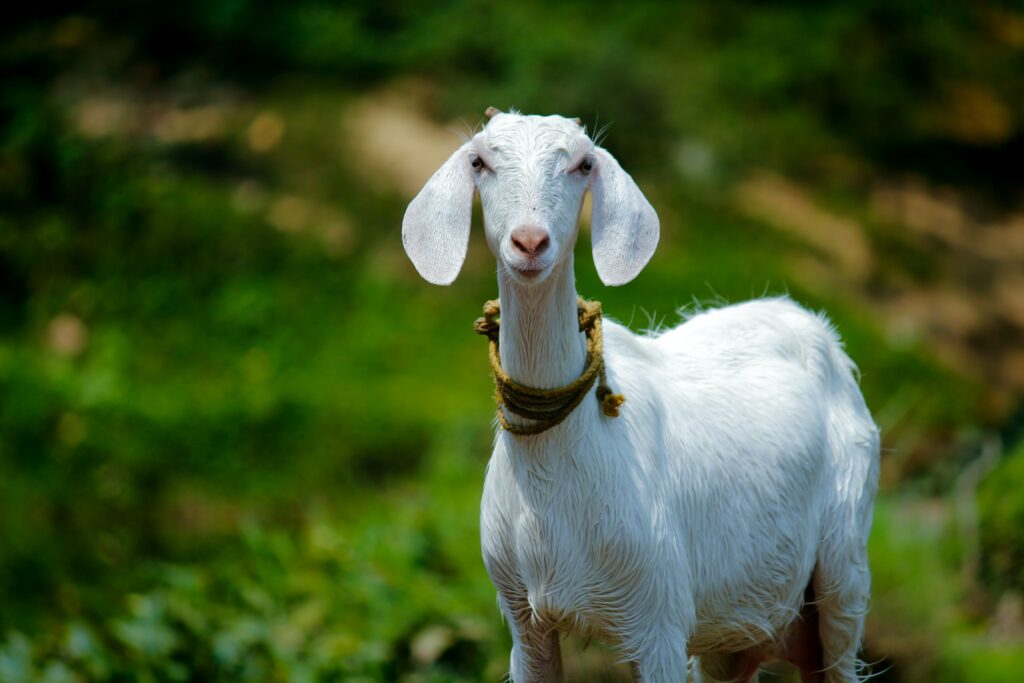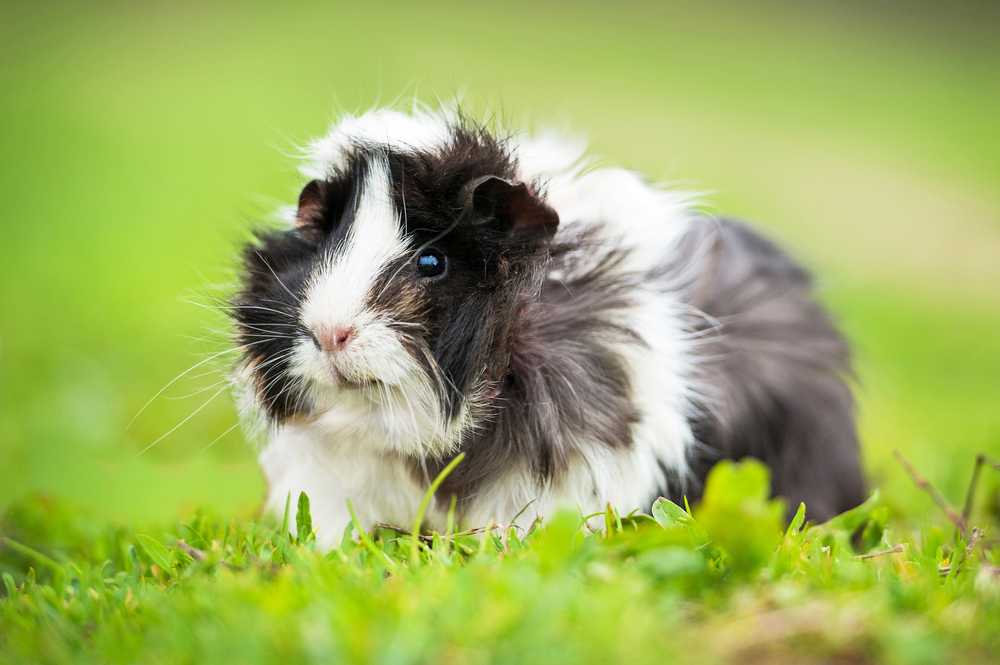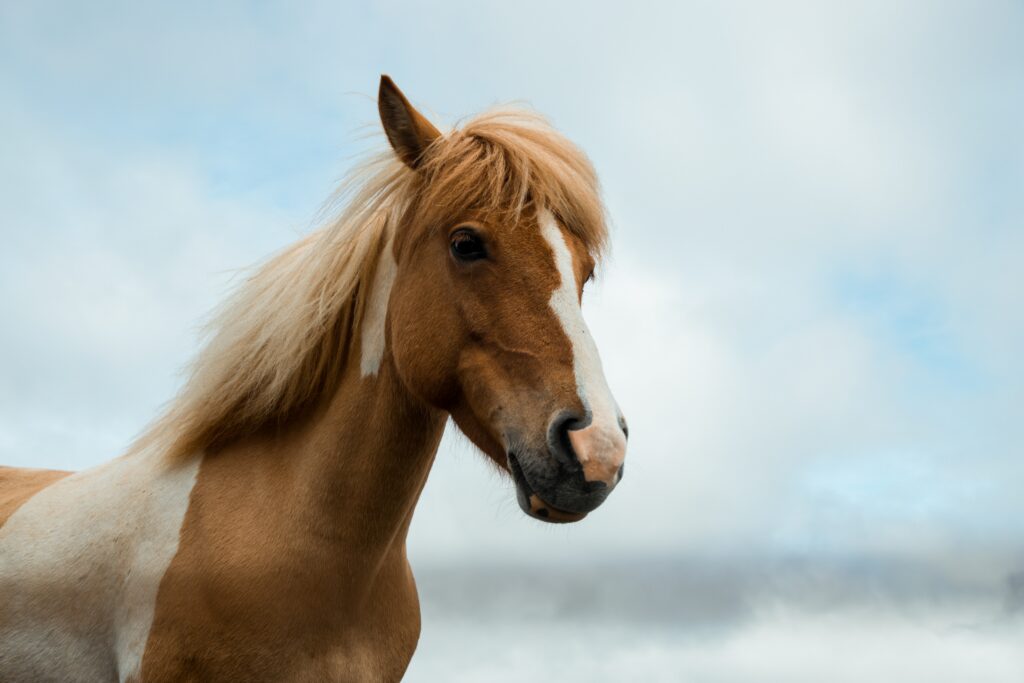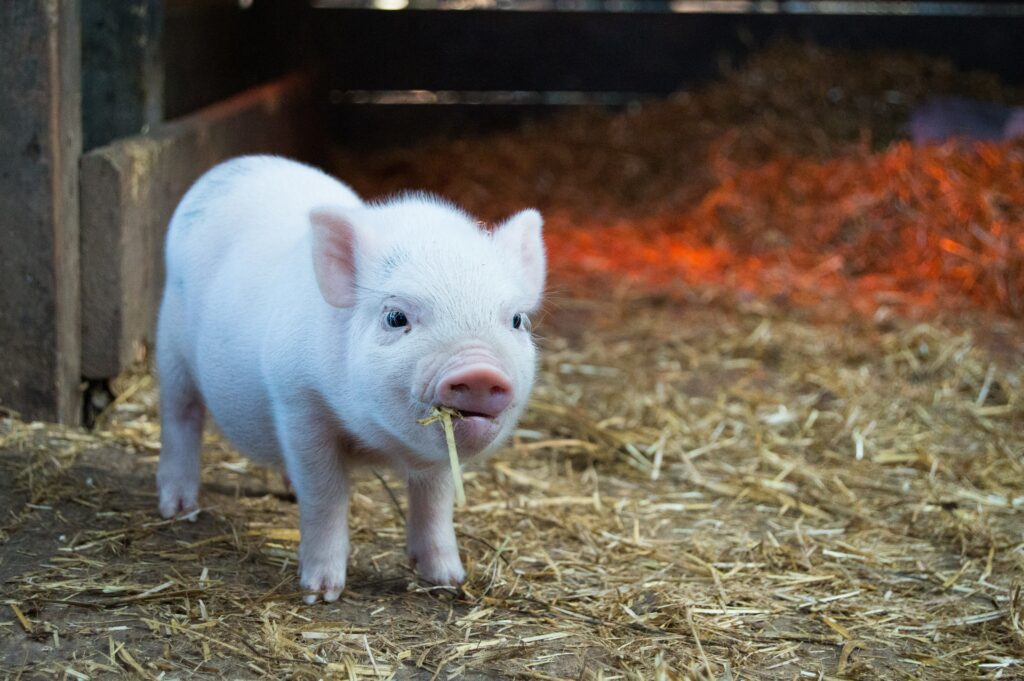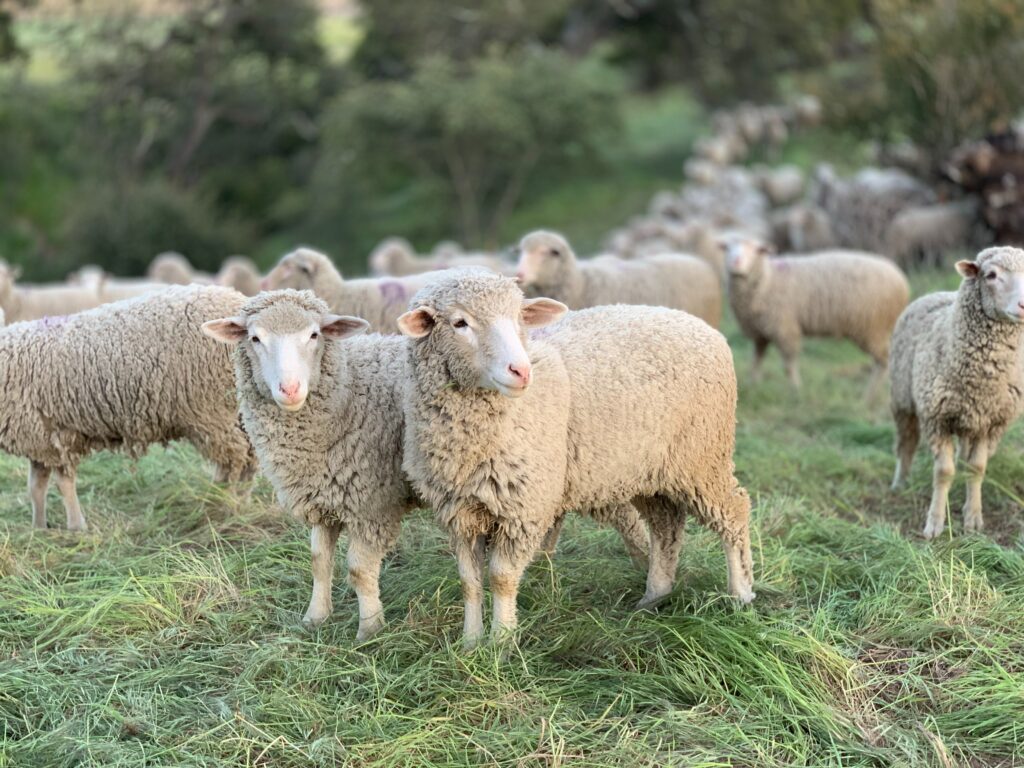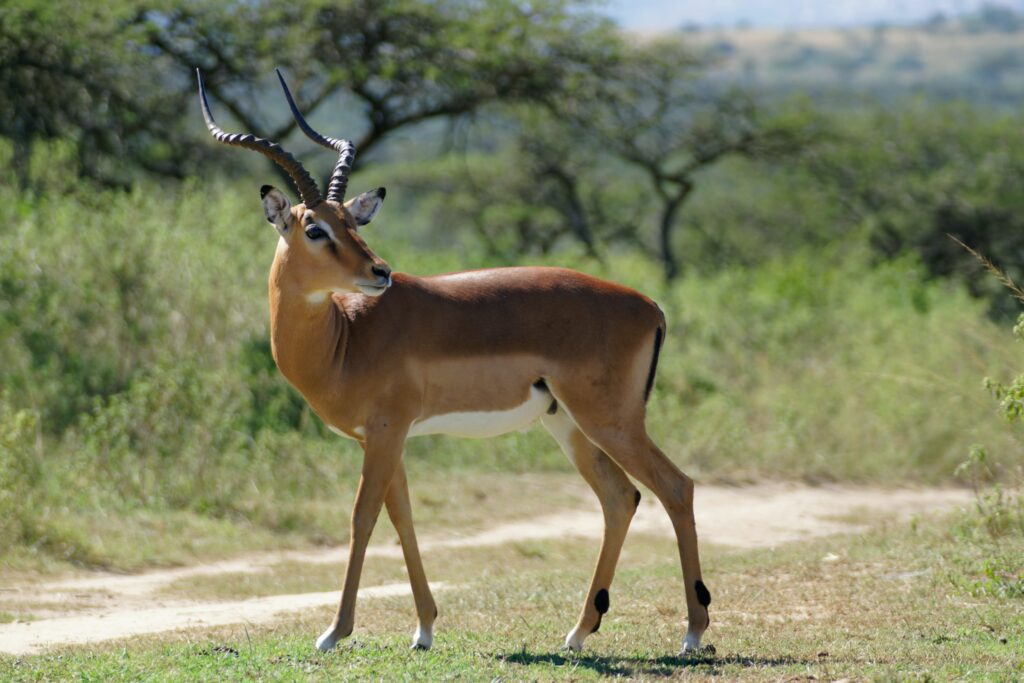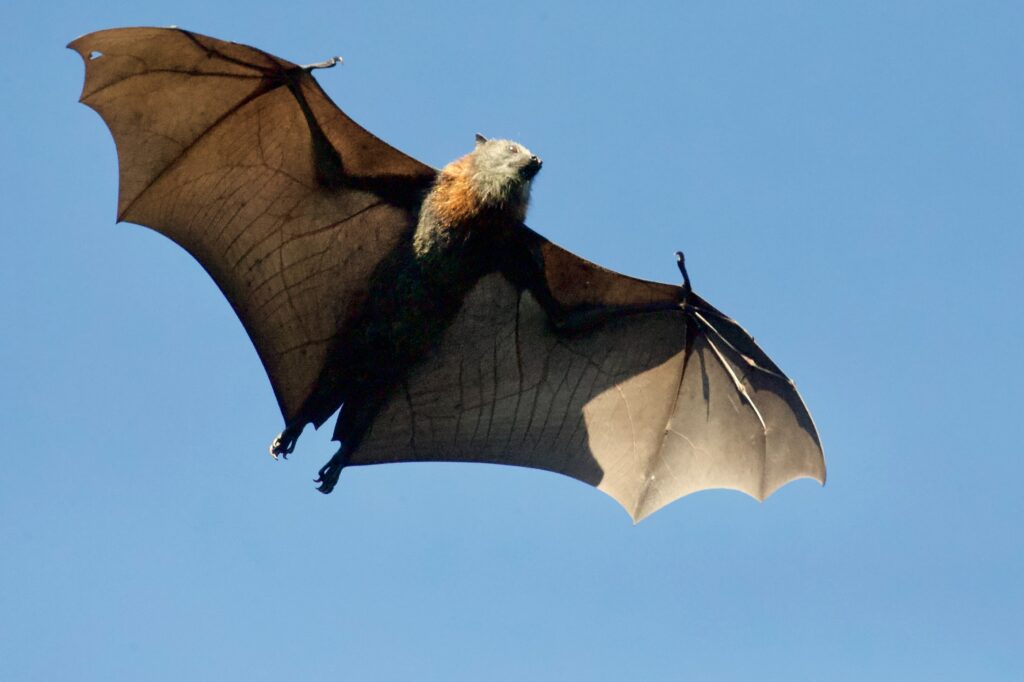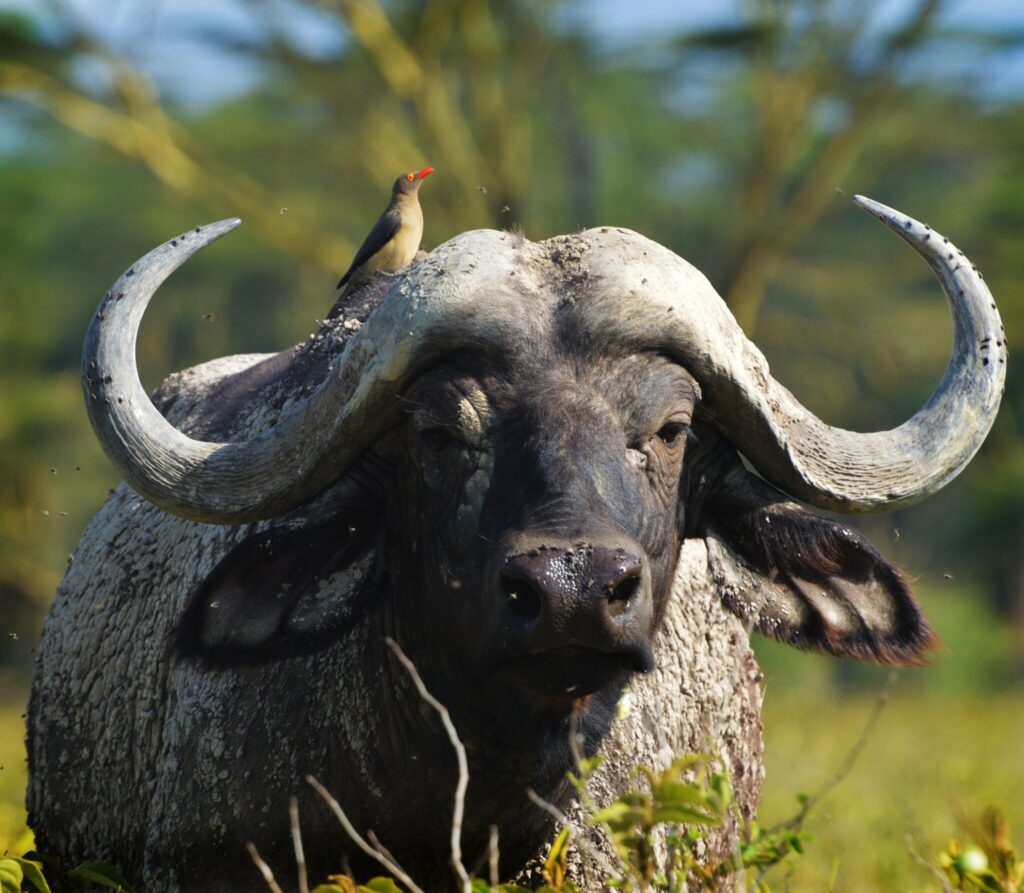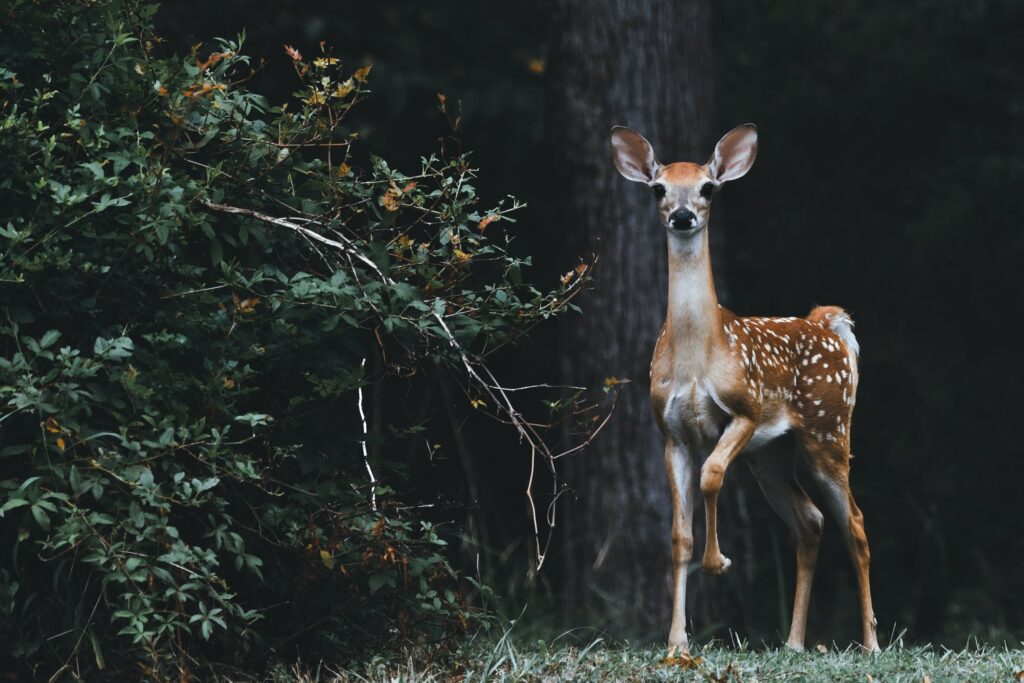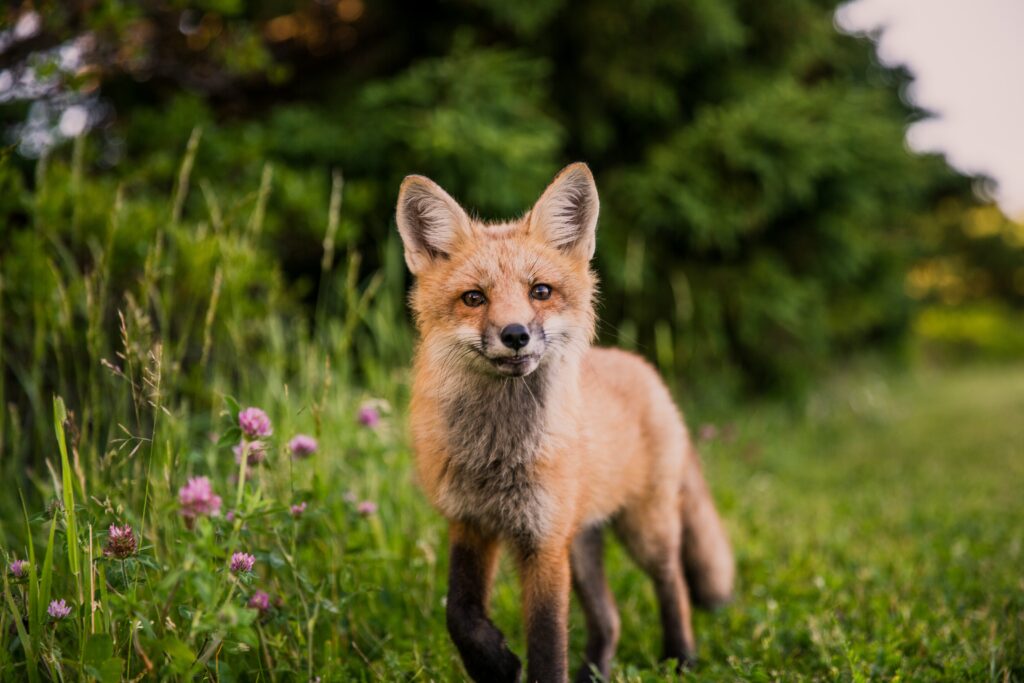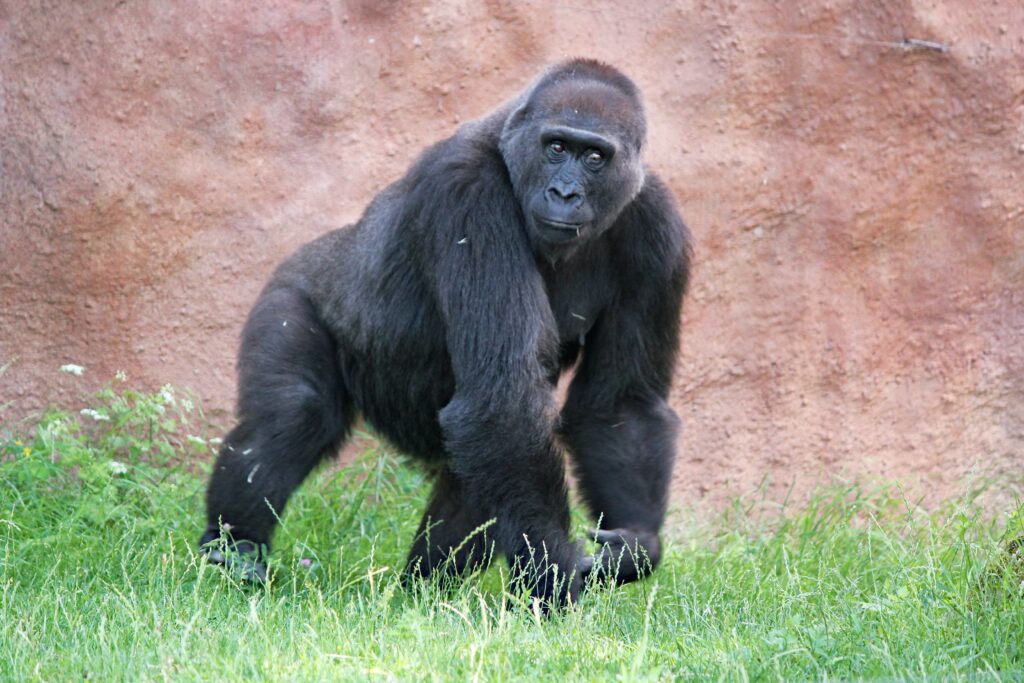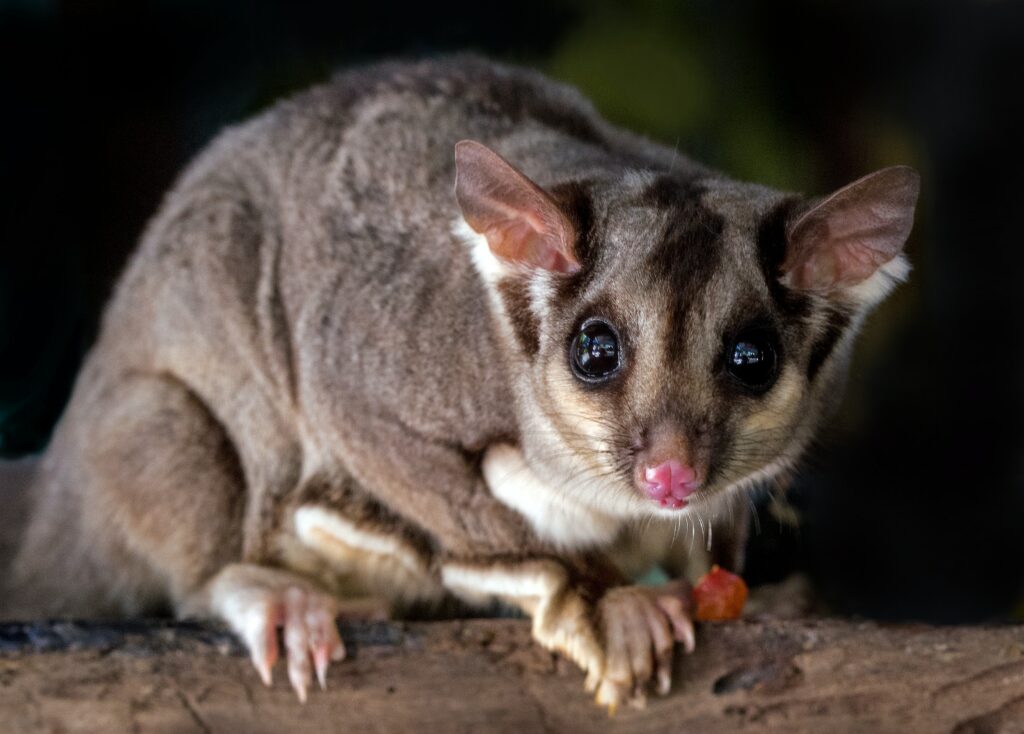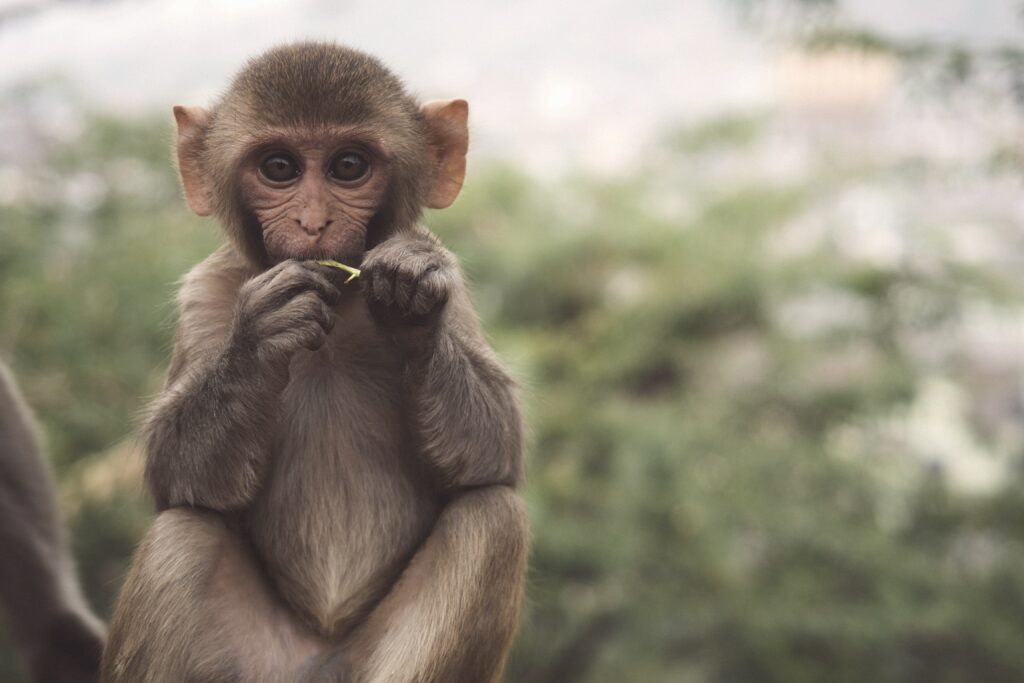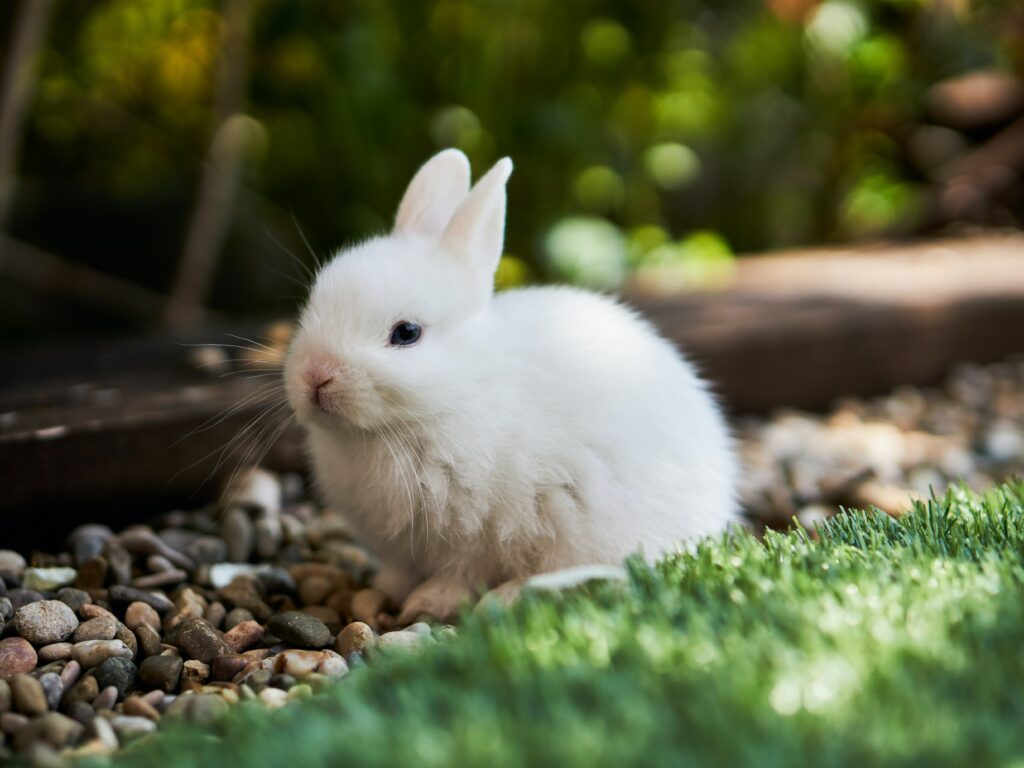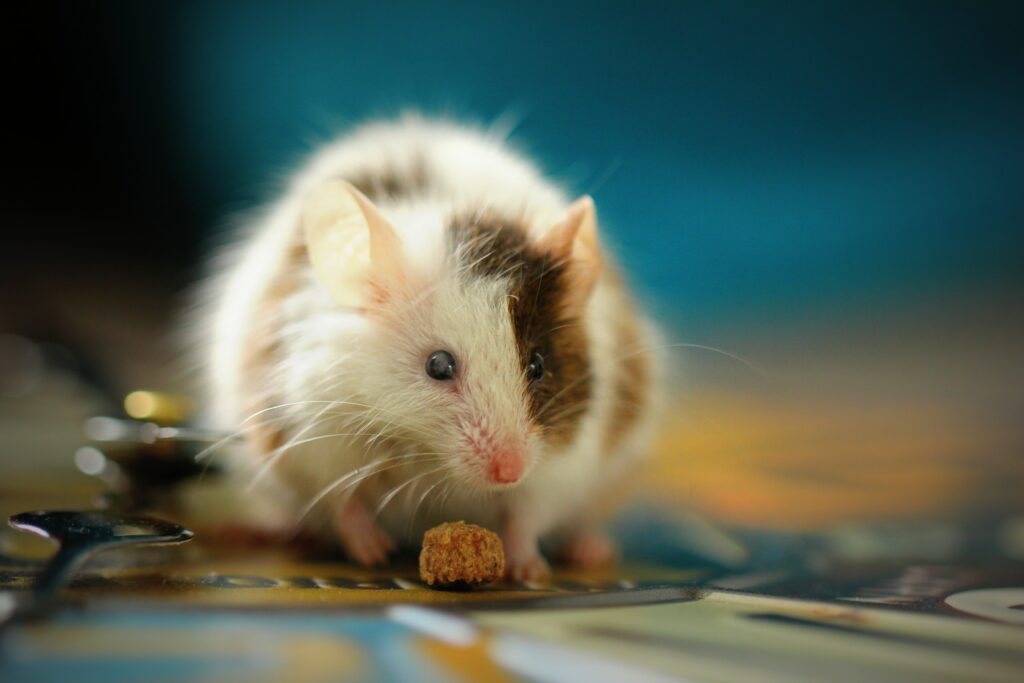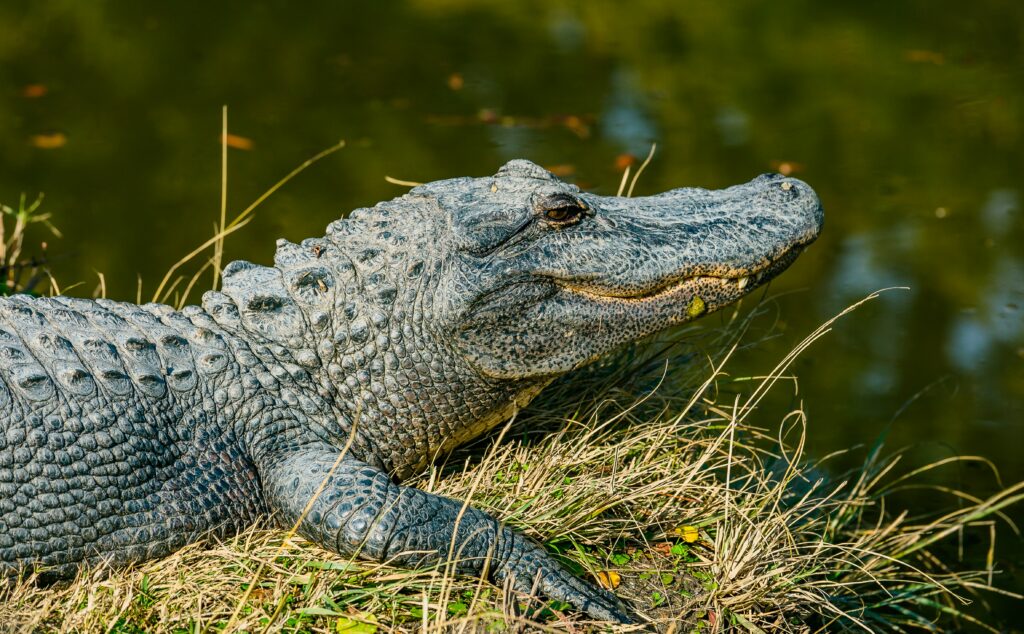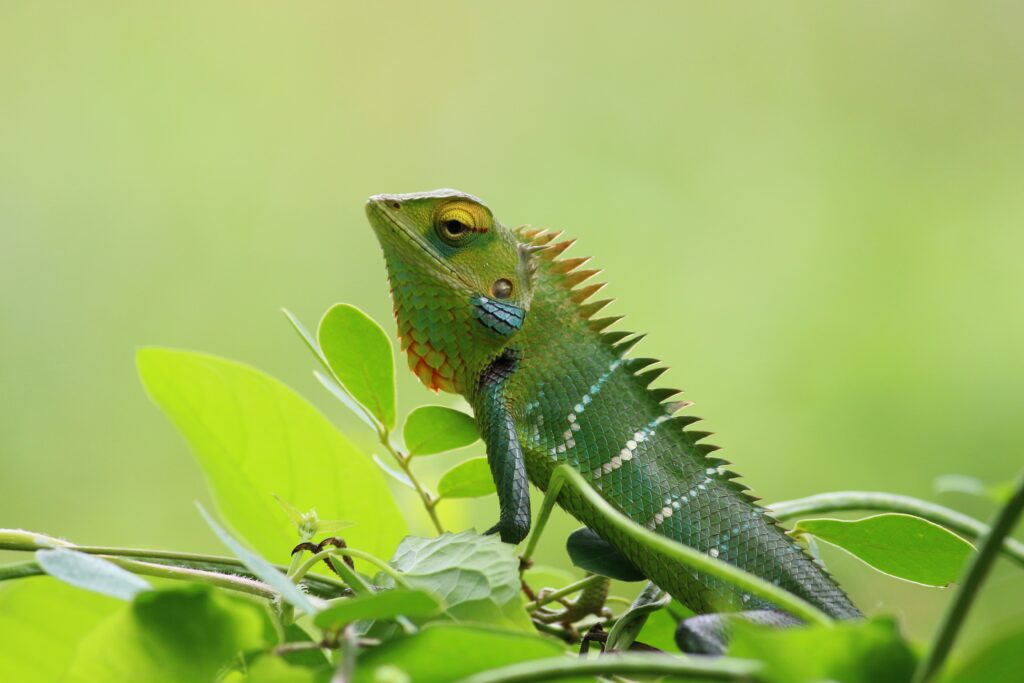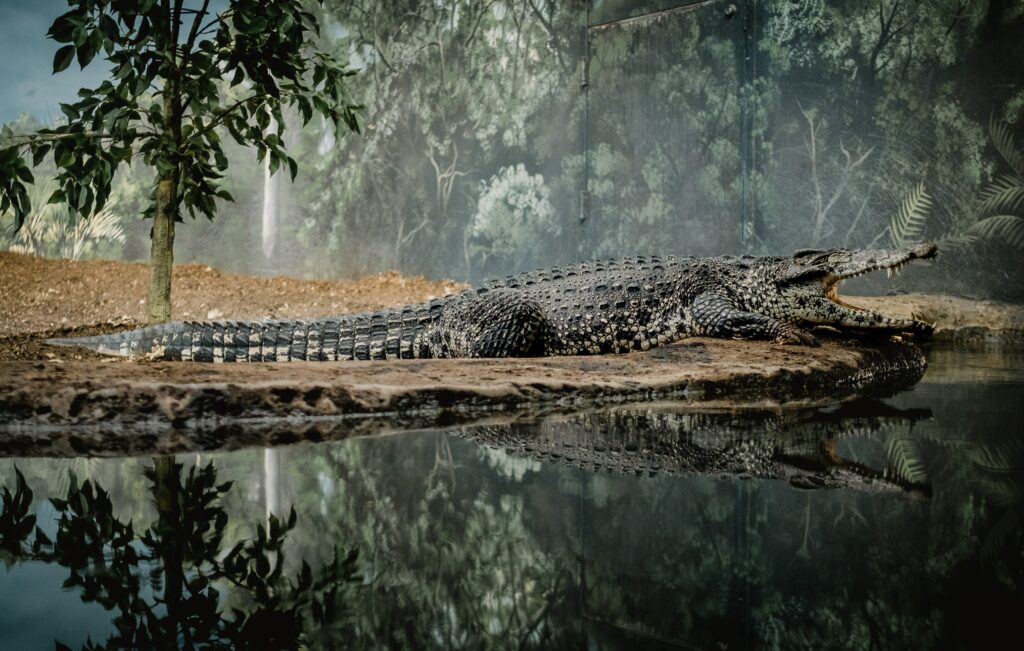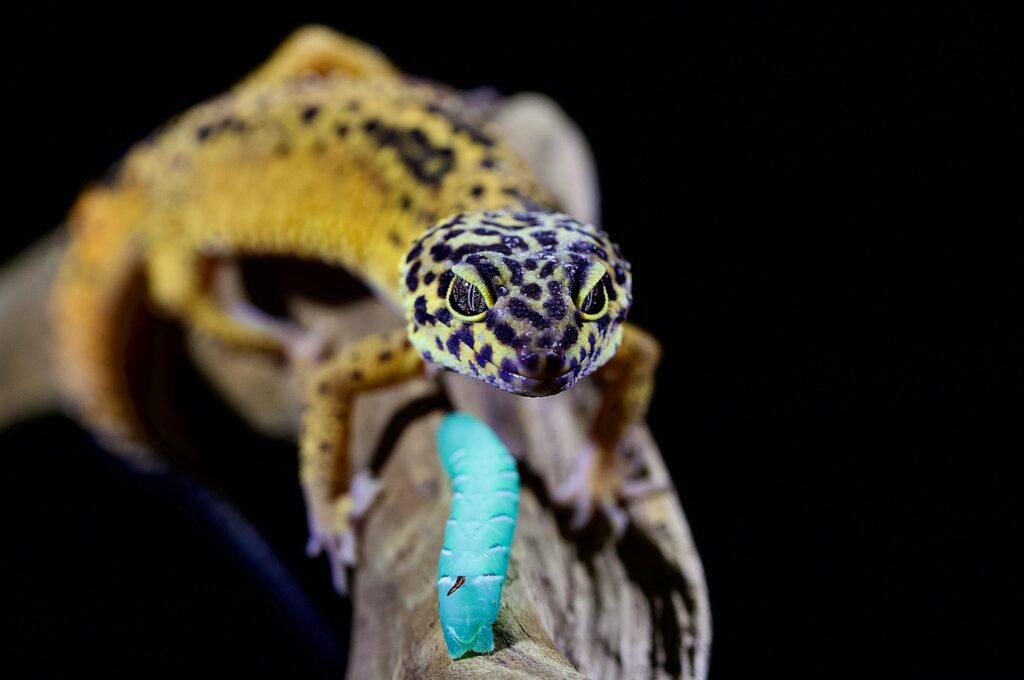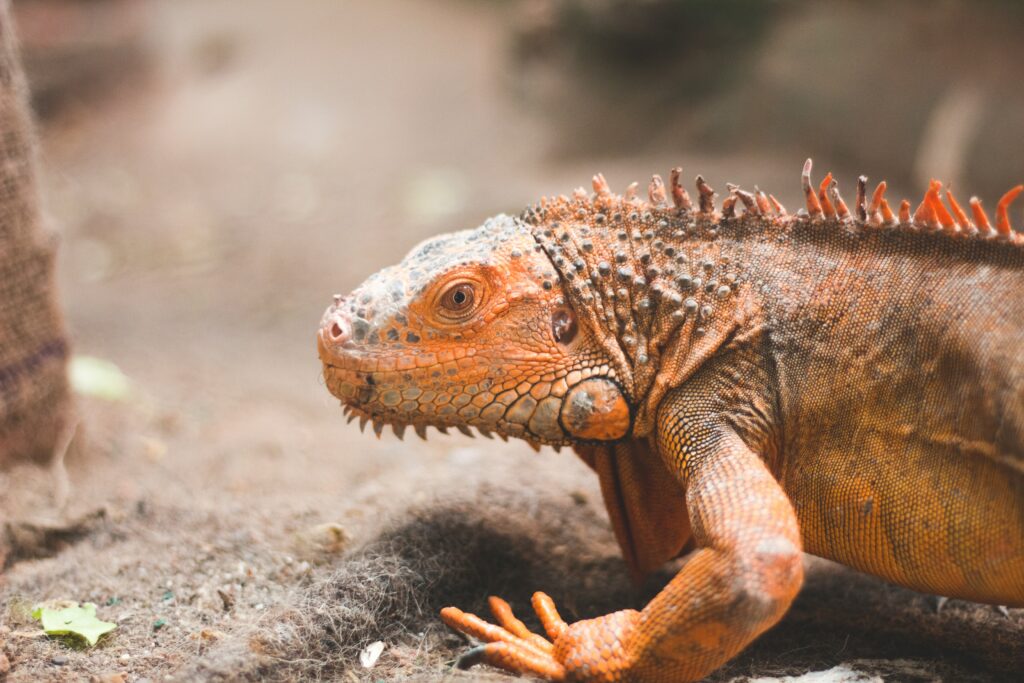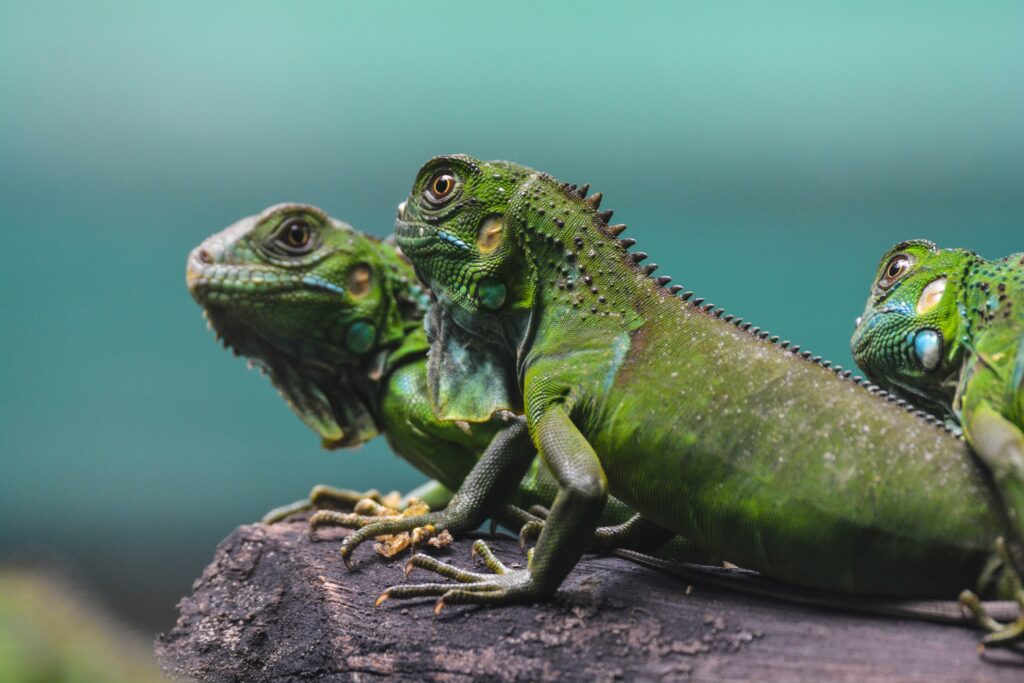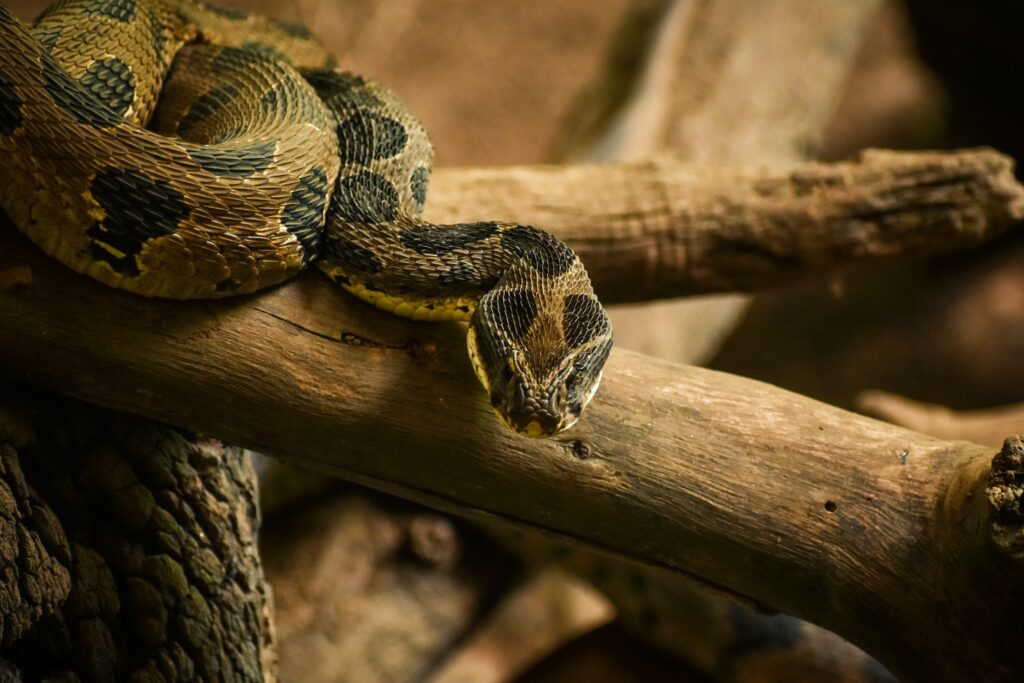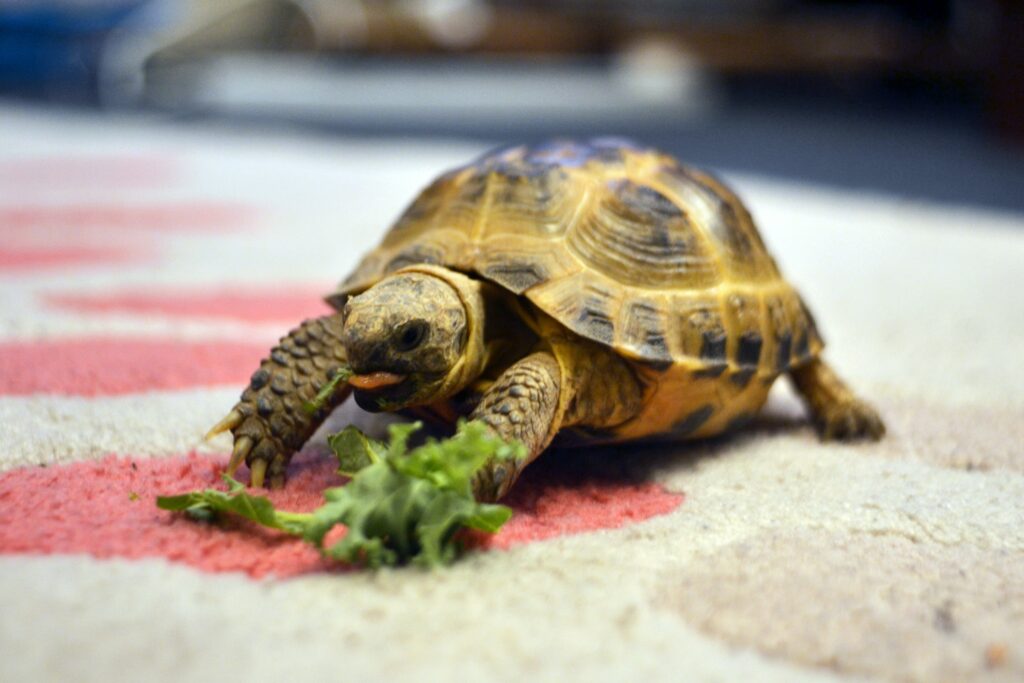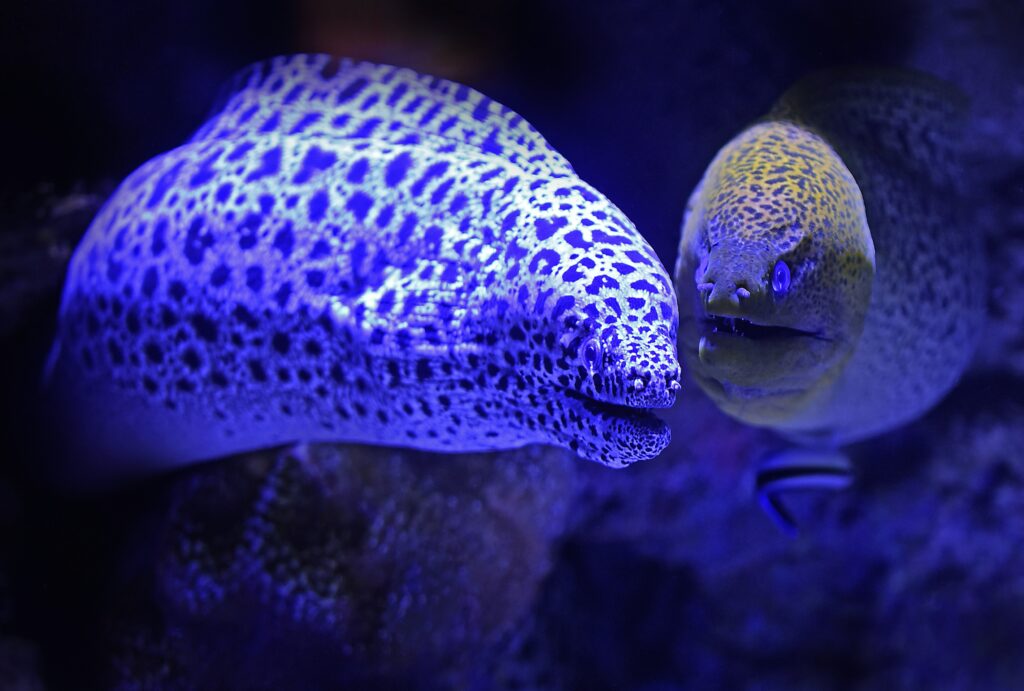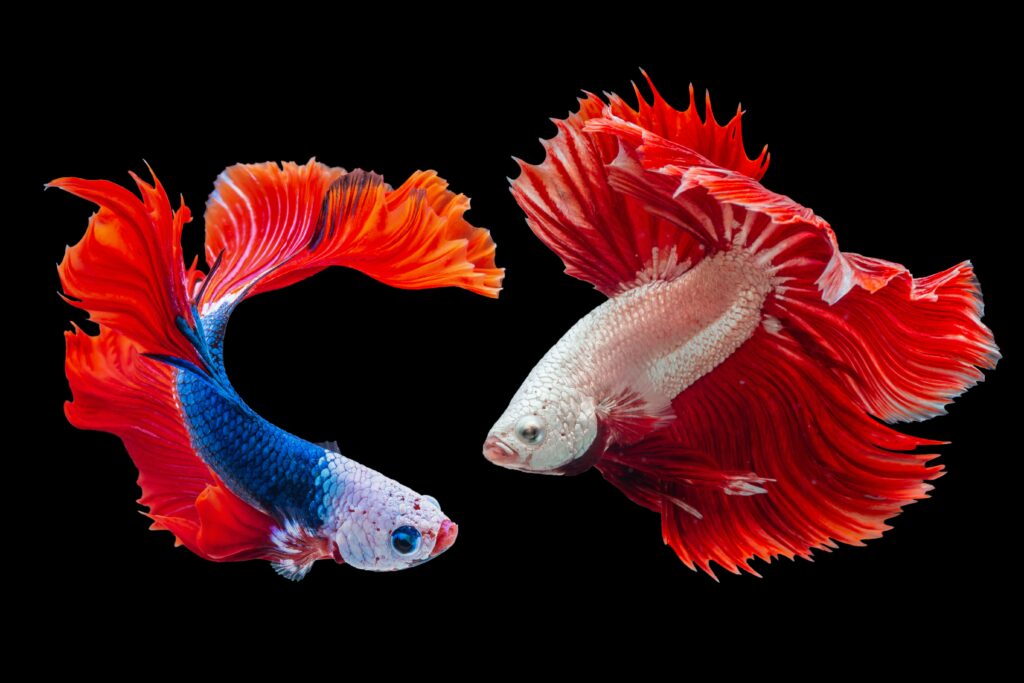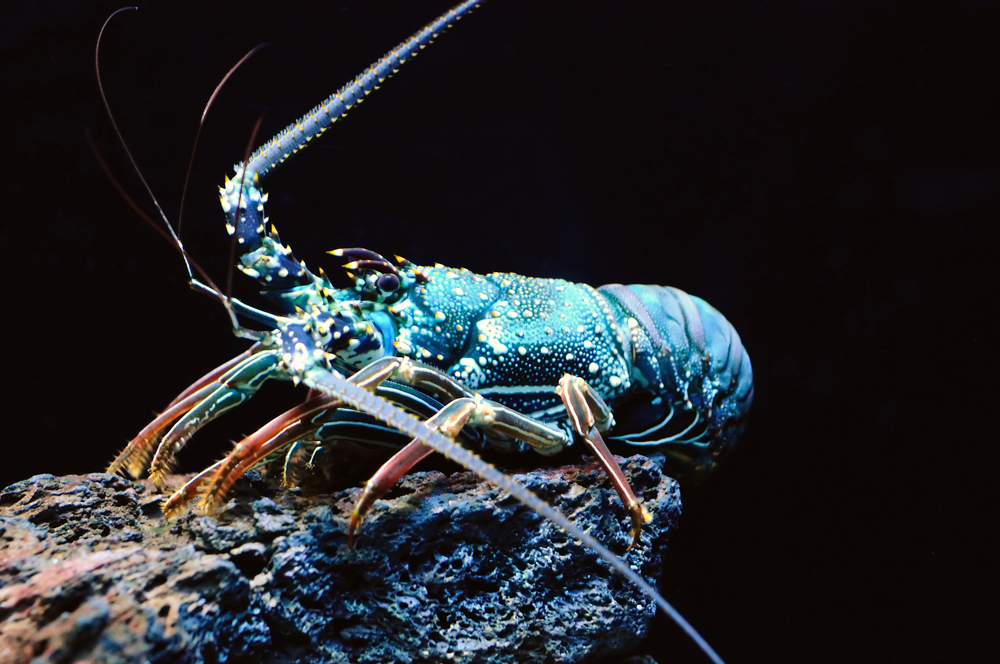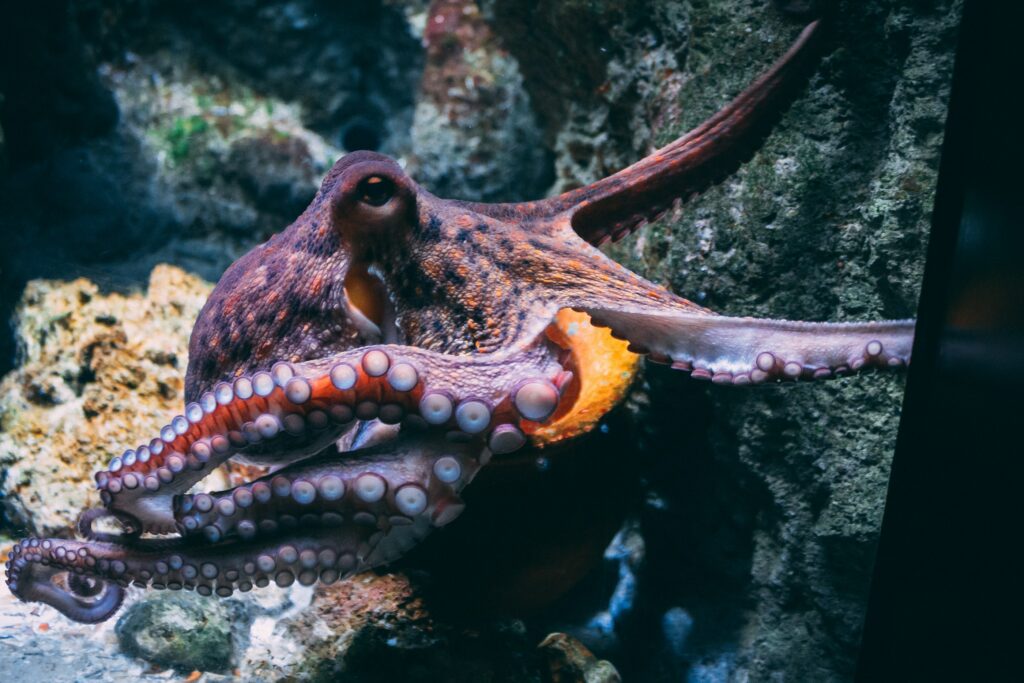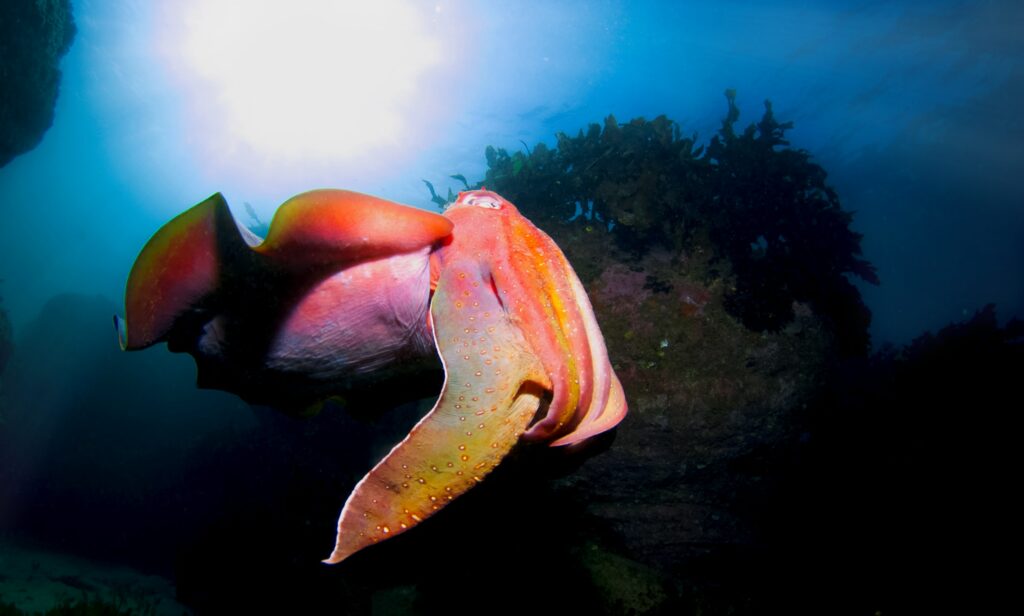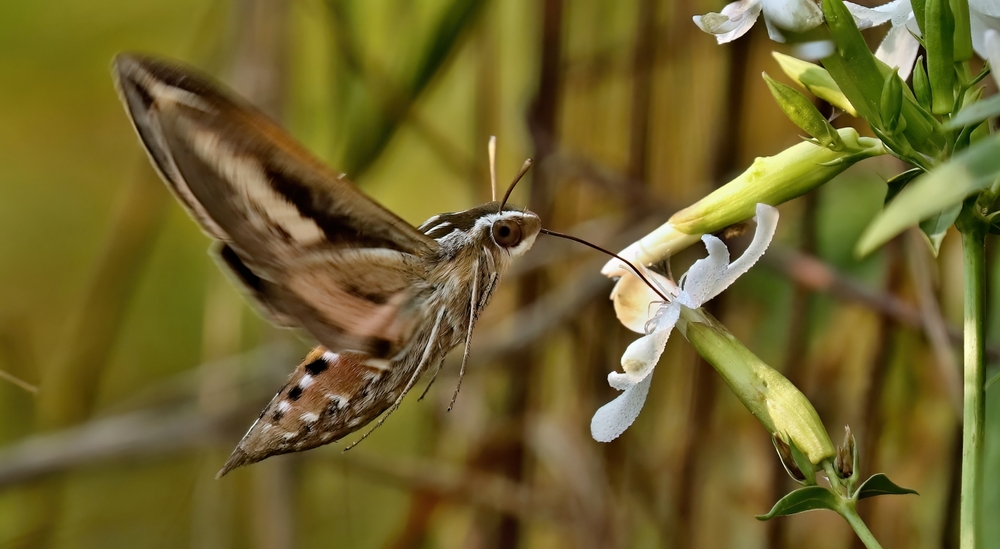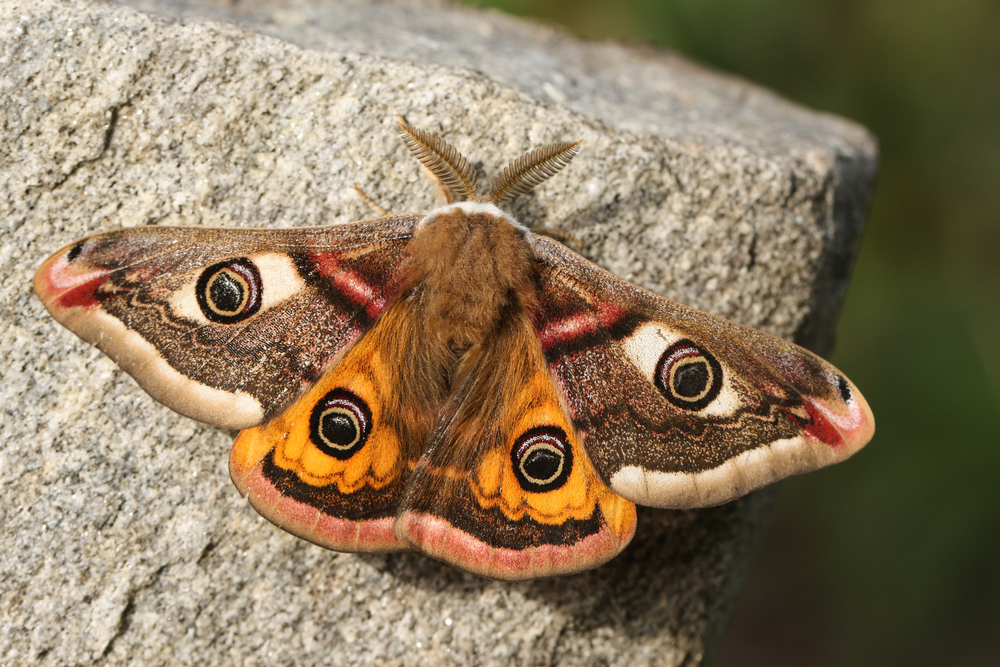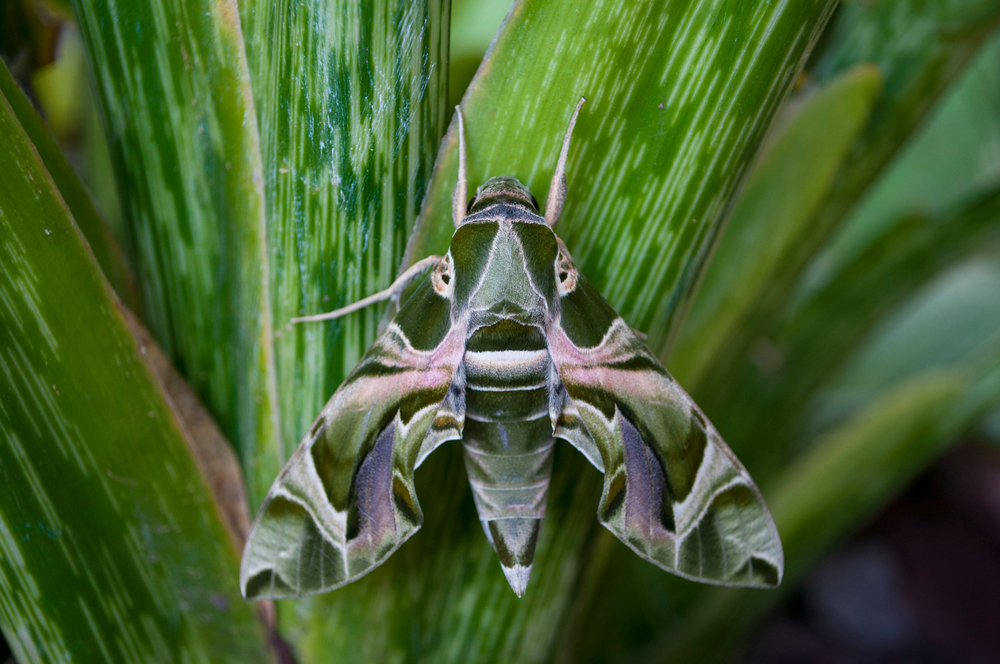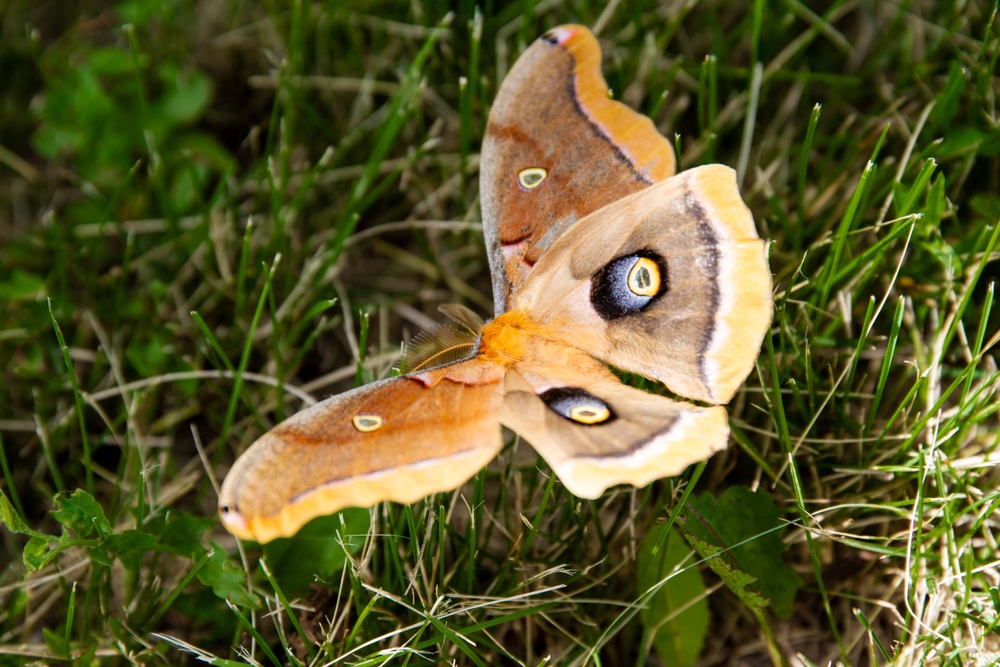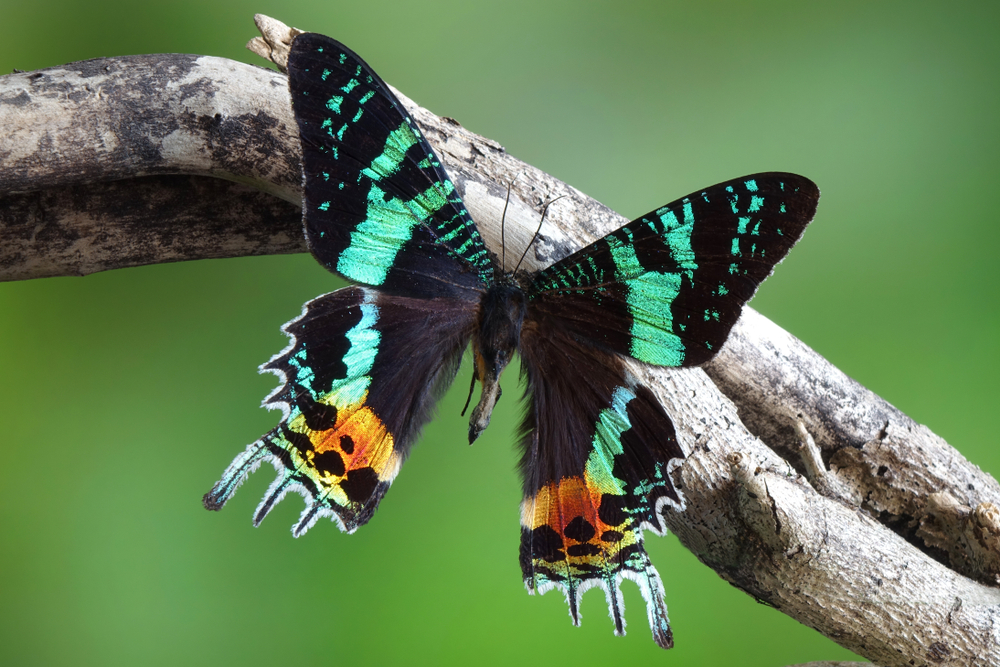The Hummingbird Hawk-Moth (Macroglossum stellatarum) belongs to the Sphingidae family, commonly known as hawk-moths or sphinx moths. Its closest relatives are other Macroglossum species, many of which also hover-feed on nectar and share its birdlike traits.
About
The Hummingbird Moth is the common name for several day-flying moths that resemble tiny hummingbirds in flight. The most widely recognized in Europe is the Hummingbird Hawk-Moth (Macroglossum stellatarum), which belongs to the family Sphingidae. With its rapid wingbeats and ability to hover while feeding on nectar, this moth is often mistaken for a hummingbird, despite being an insect. Its long proboscis, extending up to 25 millimeters (1 inch), allows it to feed on deep tubular flowers while hovering in midair.
Adults typically have a wingspan of 40 to 50 millimeters (1.6 to 2 inches), with brown forewings, orange hindwings, and a furry gray body. Their hovering flight is accompanied by an audible humming sound, further enhancing the resemblance to hummingbirds. They are strong, fast fliers and are active during the day, especially in bright sunlight, but can also be seen at dusk.
The species thrives in gardens, meadows, and open countryside across Europe, North Africa, and Asia. It is a migratory moth, traveling long distances and sometimes reaching northern regions such as Scandinavia and the British Isles in summer. Unlike many moths, the Hummingbird Hawk-Moth is able to feed continuously as an adult, drinking nectar from plants such as honeysuckle, red valerian, petunias, and lavender.
Larvae feed primarily on bedstraw plants, where they develop into green caterpillars with a characteristic tail-like horn. After pupating in a loose cocoon among leaf litter, adults emerge ready to continue the cycle. Depending on climate, multiple generations can occur annually.
The Hummingbird Moth is admired for its remarkable mimicry, adaptability, and role as a pollinator. Its presence in gardens is often celebrated as a sign of a healthy ecosystem.
Physical Characteristics
The Hummingbird Moth, often referring to the Hummingbird Hawk-Moth (Macroglossum stellatarum), is a remarkable day-flying moth that closely resembles a hummingbird in both appearance and behavior.
Wings: It has narrow forewings that are mottled gray-brown and wider hindwings that are orange in color. The wingspan measures about 1.6 to 1.8 in (4 to 4.5 cm). When in flight, the rapid wingbeats create a humming sound, adding to its resemblance to a hummingbird.
Body: The body is robust and furry, typically gray or brown with black and white banding near the tip of the abdomen. This coloration provides camouflage when the moth is at rest.
Antennae: Its antennae are short, straight, and slightly thickened, distinguishing it from butterflies and aiding in navigation during flight.
Proboscis: One of its most distinctive features is its long, coiled proboscis, which can extend up to 1 in (2.5 cm) or more. This allows it to hover and feed on nectar deep within flowers, much like a hummingbird.
Flight Pattern: Hummingbird Moths are expert fliers, capable of hovering in place and darting rapidly between flowers. Their hovering behavior, coupled with their audible wingbeats, is the primary reason for their name.
The Hummingbird Moth’s combination of rapid, hummingbird-like flight, long feeding proboscis, and striking wing coloration makes it one of the most easily recognized and fascinating moths in its range.
Reproduction
The reproductive cycle of the Hummingbird Hawk-Moth (Macroglossum stellatarum) is closely tied to warm seasons and the availability of host plants.
Mating and Courtship: Courtship occurs shortly after adult emergence in spring or summer. Males actively seek females, often displaying hovering behavior around them before copulation. Mating usually takes place at dusk or during the night.
Egg Laying: After mating, females lay small, spherical, pale green eggs singly on the leaves of host plants, most commonly bedstraws (Galium species) and sometimes madder (Rubia) or wild honeysuckle.
Larval Development: Eggs hatch within about a week, producing green caterpillars with white lateral stripes and a small curved tail horn at the rear. Caterpillars feed continuously on host plants, growing rapidly through several molts.
Pupation: When fully grown, caterpillars spin loose silk cocoons close to the ground, often among leaf litter or low vegetation. They pupate inside, transforming into a brown, camouflaged chrysalis.
Adult Emergence: In warm regions, adults may emerge quickly, producing multiple broods in a single year. In cooler climates, pupae enter diapause and overwinter, with adults appearing the following spring.
The Hummingbird Moth’s reproductive success is enhanced by its ability to produce several generations annually in warmer environments, allowing populations to expand rapidly during favorable conditions.
Lifespan
The Hummingbird Hawk-Moth (Macroglossum stellatarum) has a relatively short individual lifespan, but its ability to produce multiple generations annually gives the species resilience.
Egg Stage: Eggs hatch within 6 to 8 days, depending on temperature.
Larval Stage: Caterpillars grow quickly, feeding for about 3 to 4 weeks before reaching full size.
Pupal Stage: Pupation lasts 2 to 3 weeks in warm conditions, though in cooler climates pupae may overwinter in diapause, delaying adult emergence until spring.
Adult Stage: Adult moths generally live for 3 to 5 weeks. During this time, they feed actively on nectar and focus on reproduction. Their strong flying ability allows them to cover long distances, sometimes even migrating.
Overall Life Cycle: In warmer regions, such as southern Europe and parts of Asia, the species can complete up to 3 generations per year. In northern or cooler areas, usually only one generation is produced, with overwintering pupae bridging the seasonal gap.
The combination of short adult lifespan with the ability to reproduce multiple times annually ensures the continuity of Hummingbird Hawk-Moth populations across a wide range of climates.
Eating Habits
The Hummingbird Hawk-Moth (Macroglossum stellatarum) has feeding behaviors that strongly resemble those of actual hummingbirds, making it one of the most distinctive moths in the world.
Larvae (Caterpillars): The caterpillars are herbivores, feeding primarily on bedstraws (Galium species) and occasionally on related plants like madder (Rubia) and wild honeysuckle. Their constant feeding during this stage allows them to build the reserves necessary for pupation and adult emergence.
Adults: Unlike many other moths, adults are active during the day and feed continuously to sustain their energy-demanding flight. They consume nectar from a wide variety of flowers, especially those with tubular corollas. Common choices include honeysuckle, red valerian, jasmine, petunias, and lavender.
Feeding Adaptations: Their long proboscis, often over 1 in (2.5 cm), allows them to reach nectar deep within flowers. They hover while feeding, just like hummingbirds, and produce an audible humming sound with their fast-beating wings.
Role in Ecosystem: By feeding on nectar, Hummingbird Hawk-Moths also act as important pollinators, transferring pollen between flowers as they move rapidly from plant to plant.
The Hummingbird Hawk-Moth’s diet and feeding strategy—nectar-feeding while hovering in daylight—make it an ecological equivalent to hummingbirds in regions where the birds themselves are absent.
Uniqueness
The Hummingbird Hawk-Moth (Macroglossum stellatarum) is one of the most extraordinary moths in the world, admired for traits that blur the line between insect and bird.
Hummingbird Mimicry: Its rapid wingbeats, hovering flight, and ability to sip nectar mid-air closely mimic the behavior of hummingbirds. This resemblance is so strong that many observers mistake it for a small bird rather than an insect.
Day-Flying Behavior: Unlike most moths, it is diurnal, active in bright daylight and at dusk. Its preference for sunny conditions is unusual among moths and contributes to its frequent visibility in gardens and meadows.
Incredible Flight Ability: The moth is capable of hovering in place, flying forwards, backwards, and sideways with remarkable agility. This makes it one of the most maneuverable moths, comparable to hovering birds and even some pollinating bats.
Migratory Nature: Hummingbird Hawk-Moths are long-distance travelers. They migrate seasonally, expanding northward in summer across Europe and retreating to warmer southern regions in winter.
Remarkable Memory: Studies show these moths can remember flower locations and return to the same feeding spots day after day, demonstrating learning and spatial memory that is rare in insects.
Important Pollinator: Their long proboscis and frequent visits to tubular flowers make them effective pollinators, especially for plants that rely on hovering insects to transfer pollen.
The Hummingbird Hawk-Moth’s combination of birdlike flight, unusual diurnal habits, and ecological role as a pollinator makes it one of the most unique and captivating insects in its rang
Be the First to Share Photos of This Species.
FAQ’s
1. What species is closest to the Hummingbird Moth?
2. How does the Hummingbird Moth compare to other species in the same family?
Compared to other hawk-moths, the Hummingbird Hawk-Moth is smaller, with a wingspan of 1.6 to 1.8 in (4–4.5 cm). While many hawk-moths are nocturnal, this species is unique for being diurnal, with rapid, hummingbird-like flight.
3. What national parks provide the best opportunities to see a Hummingbird Moth?
They are often spotted in sunny, flower-rich habitats. In Europe, good places to observe them include Spain’s Doñana National Park, France’s Cévennes National Park, and the UK’s Dartmoor National Park. They are also visible in Mediterranean and Asian protected areas where their host plants grow.
4. In what parts of the world can you find a Hummingbird Moth?
The species is widespread across Europe, North Africa, and Asia, ranging from Portugal to Japan. It migrates seasonally, moving northwards into central and northern Europe during the summer months.
5. How many types of Hummingbird Moth are there?
The commonly recognized “Hummingbird Moth” in Europe is Macroglossum stellatarum, but the term can also refer to several related Macroglossum species found in Asia and Africa. Altogether, the genus contains over 100 species, many with similar hovering, nectar-feeding behavior.
